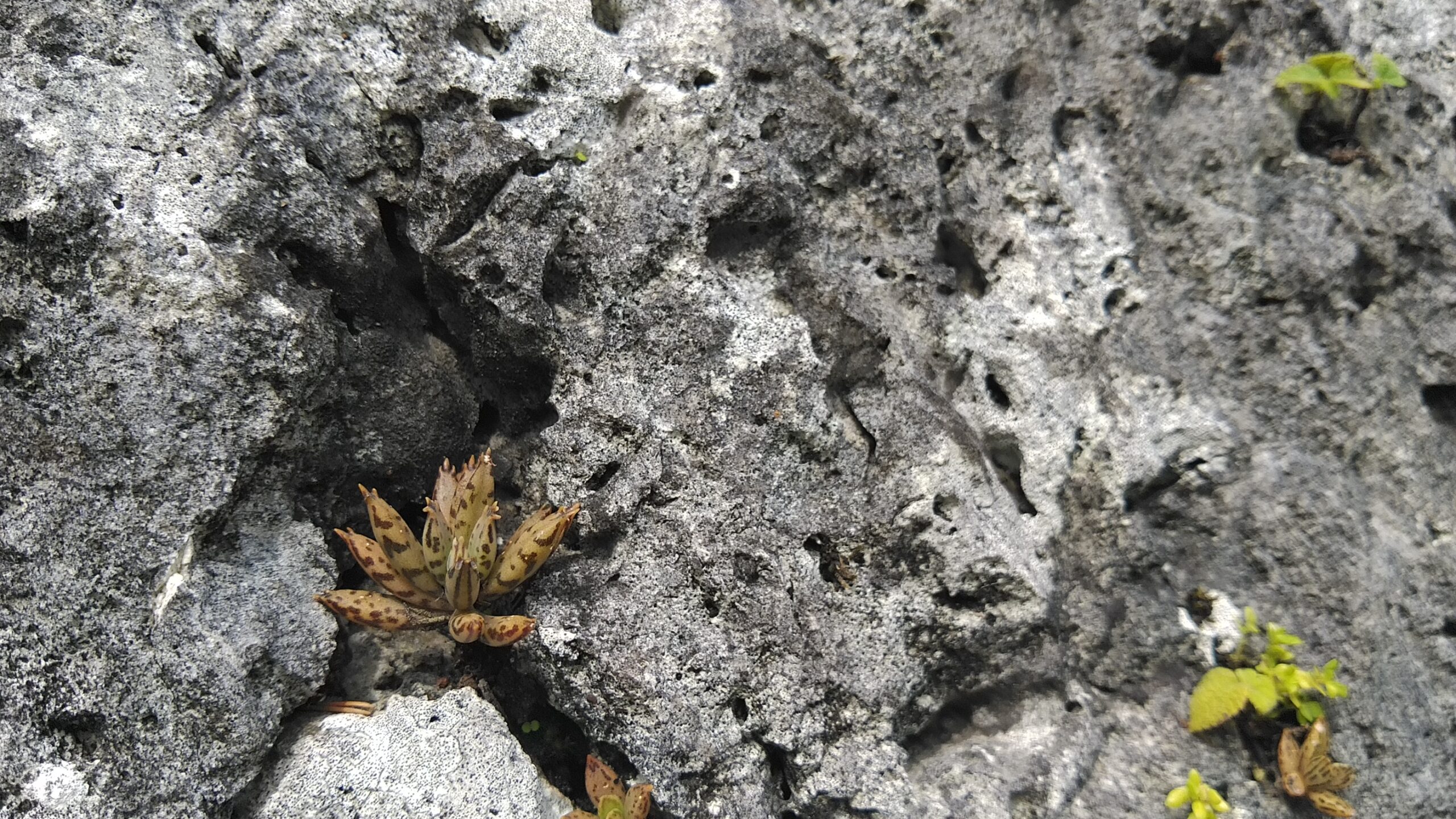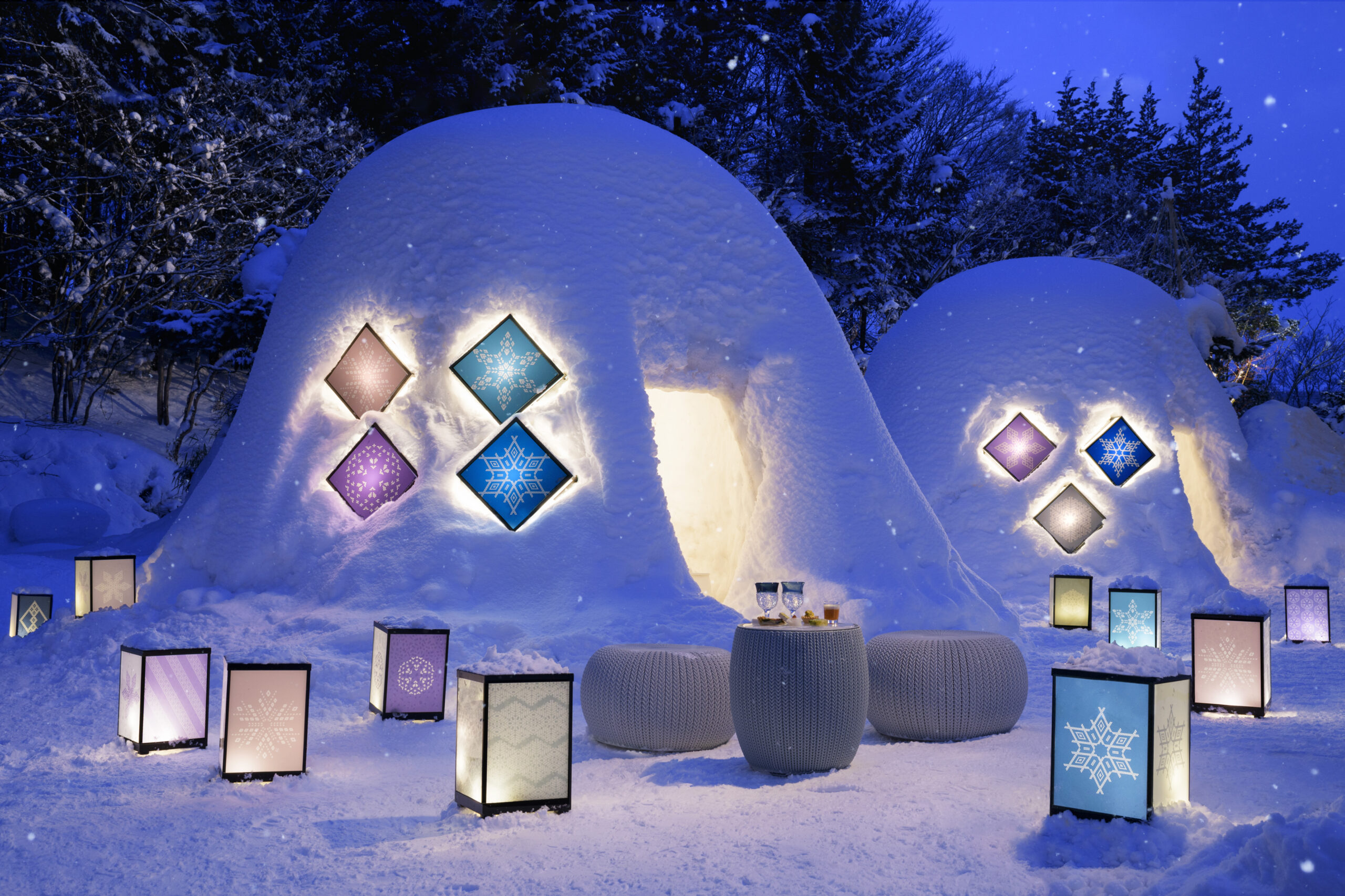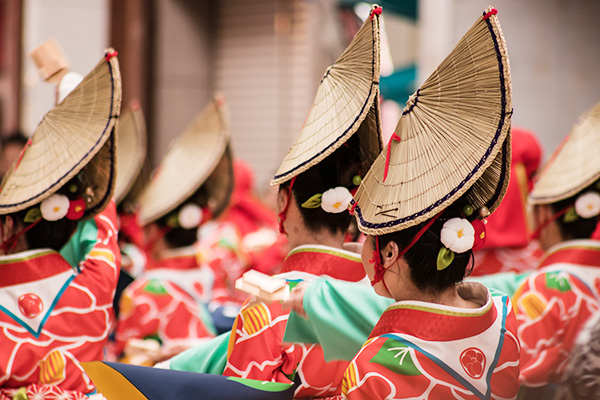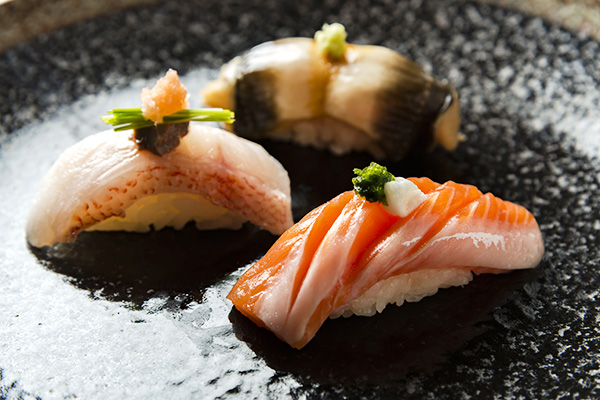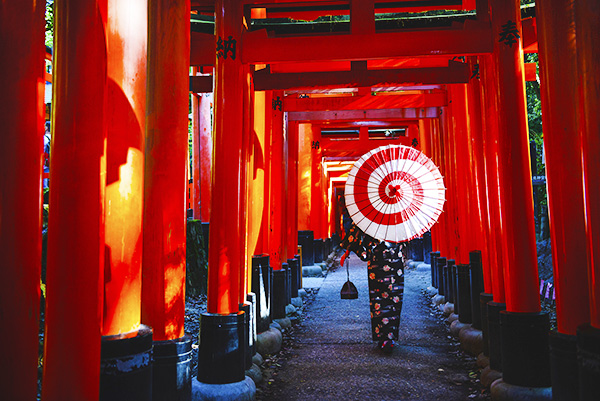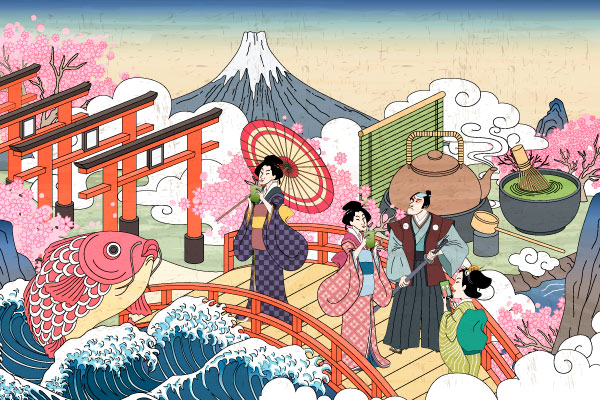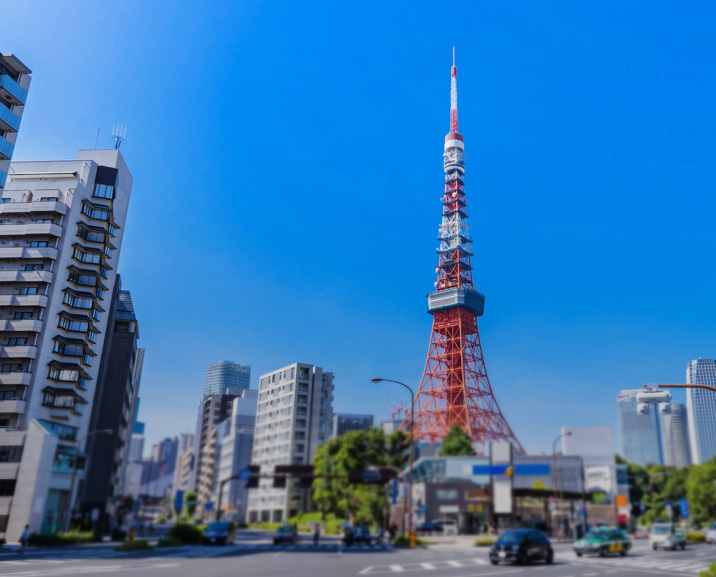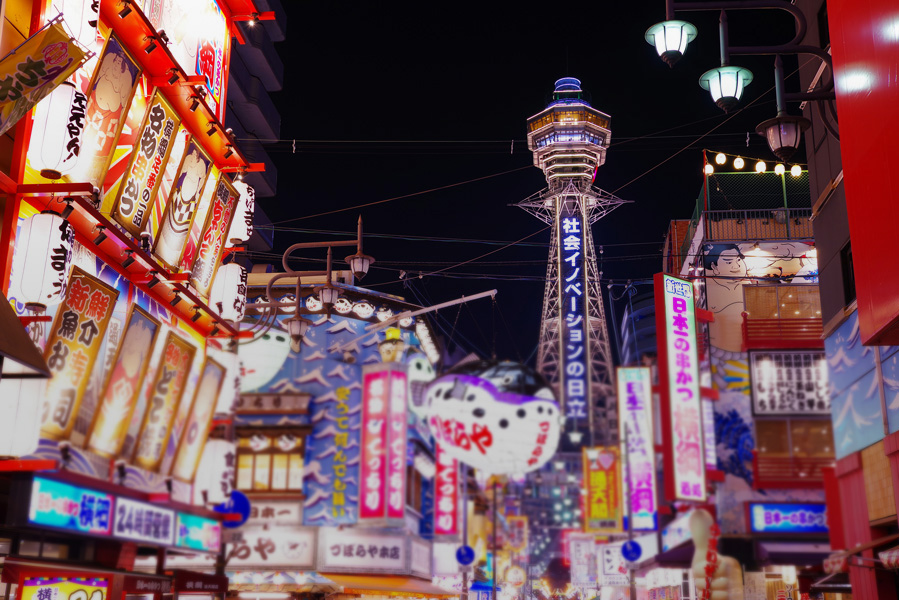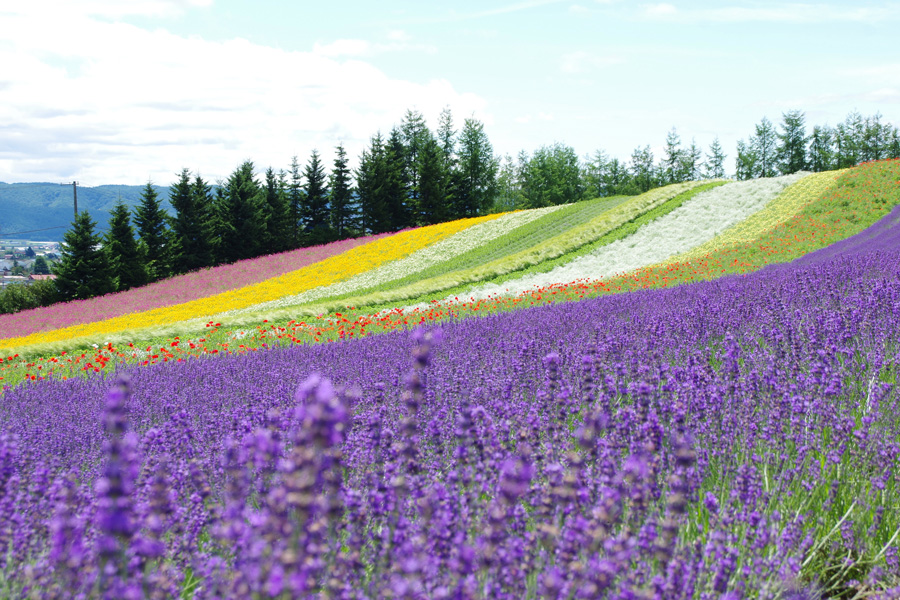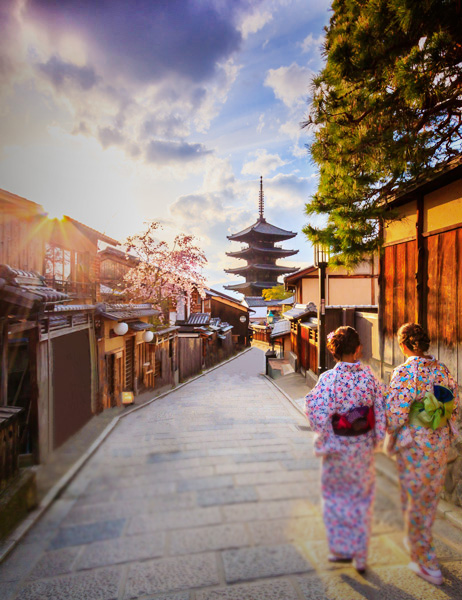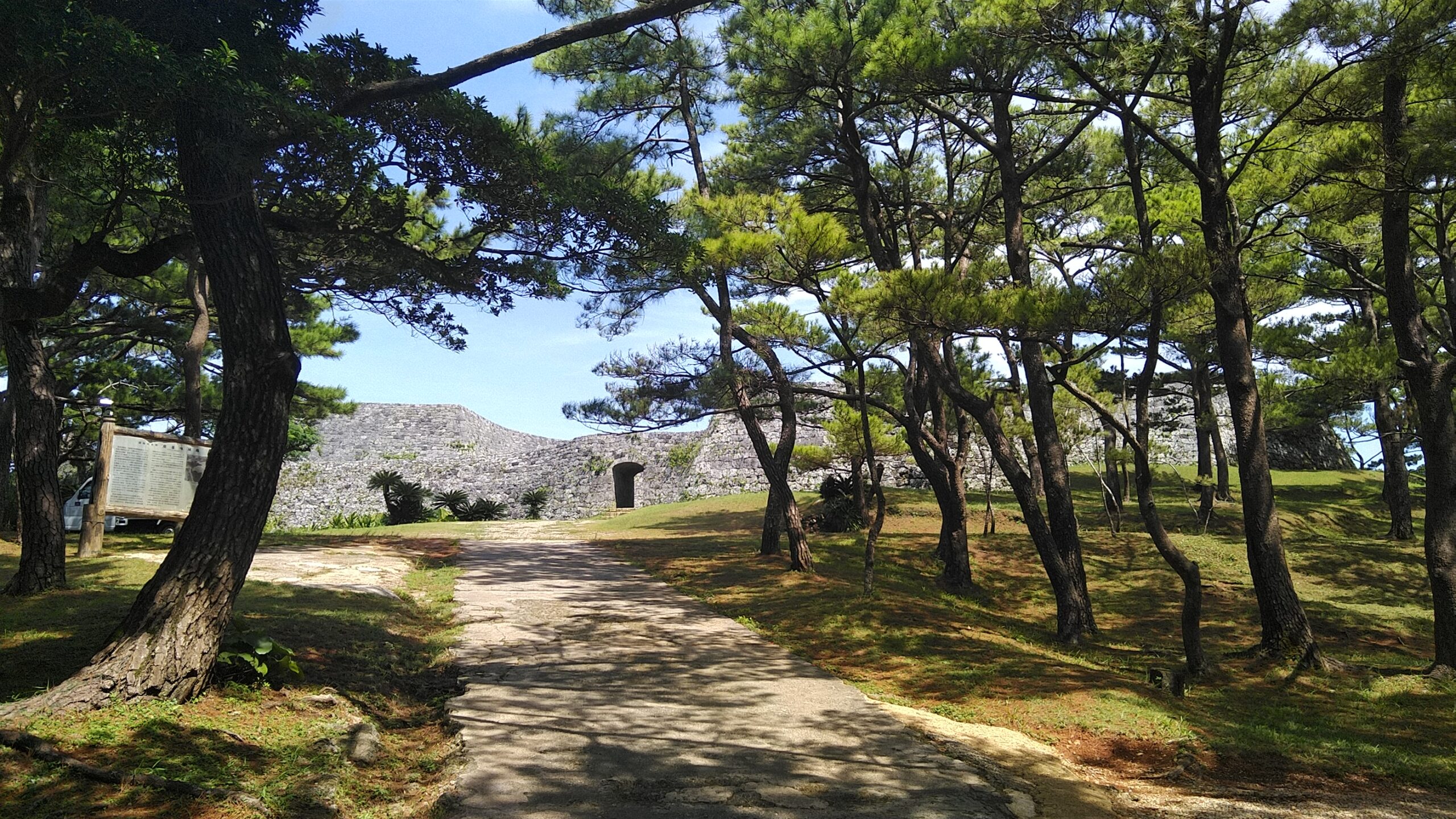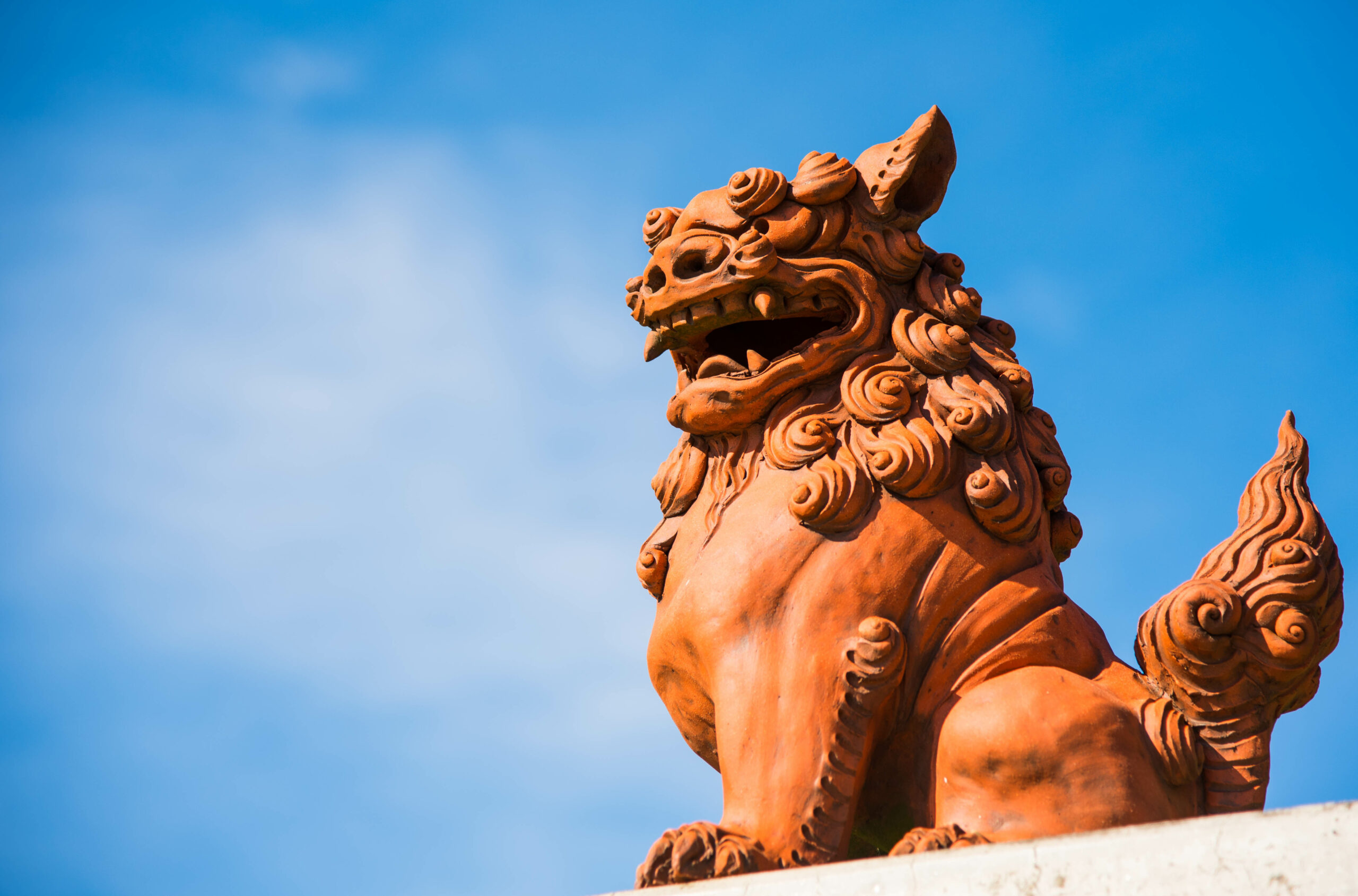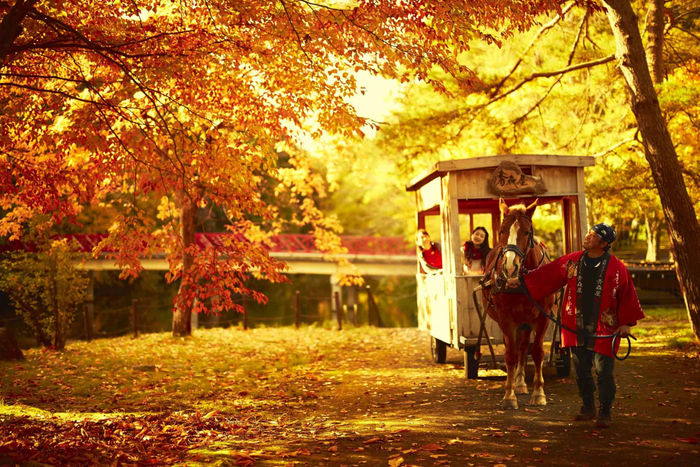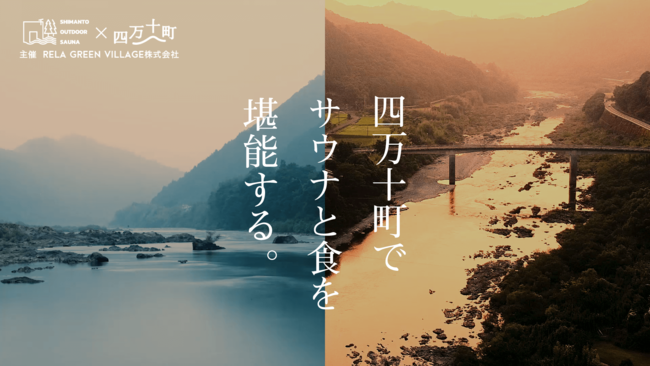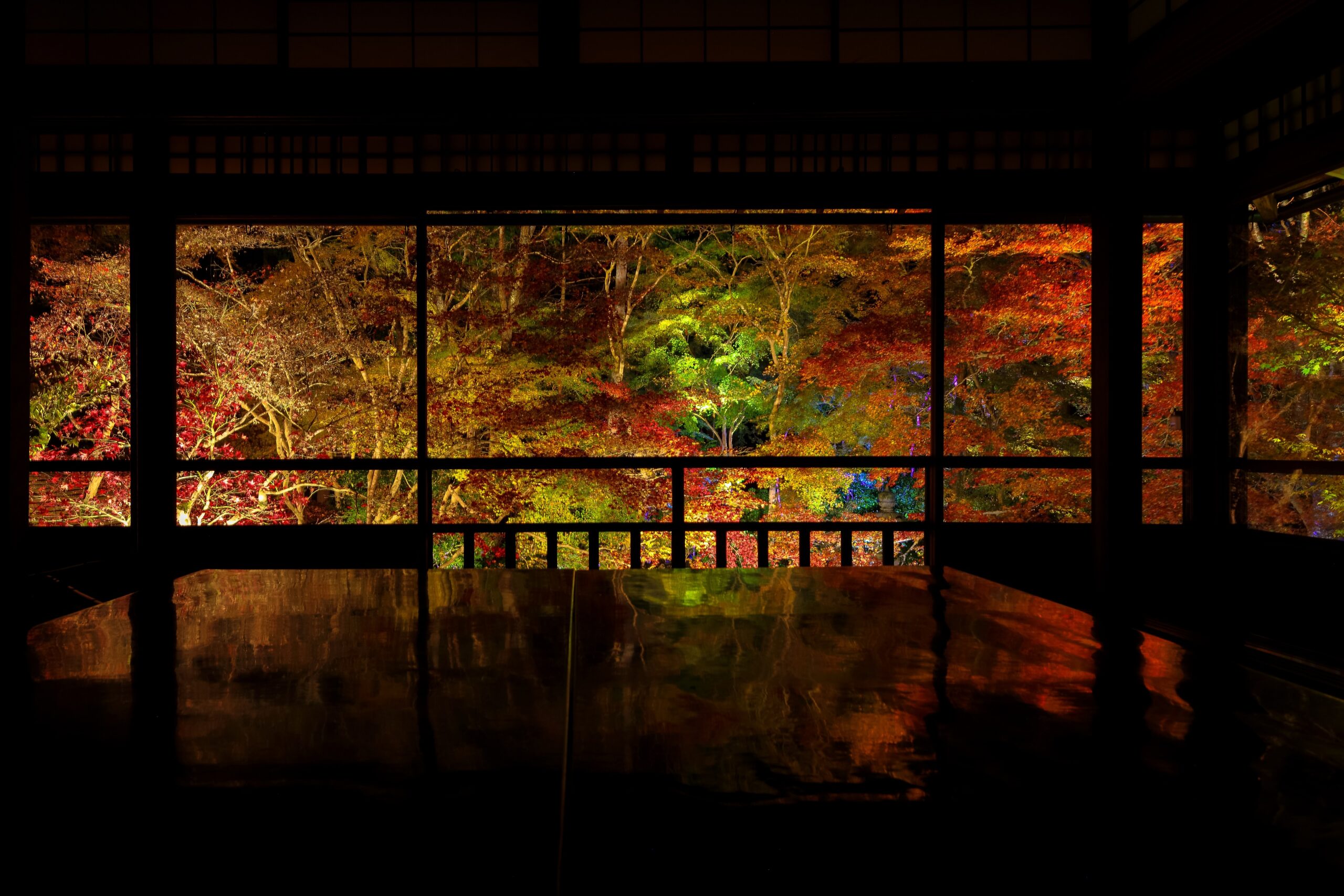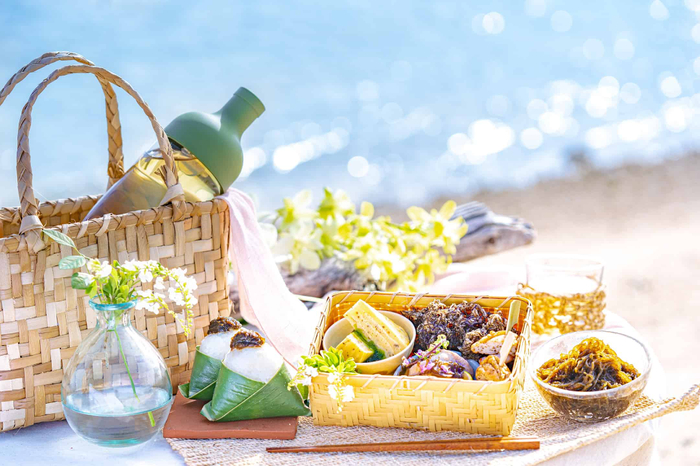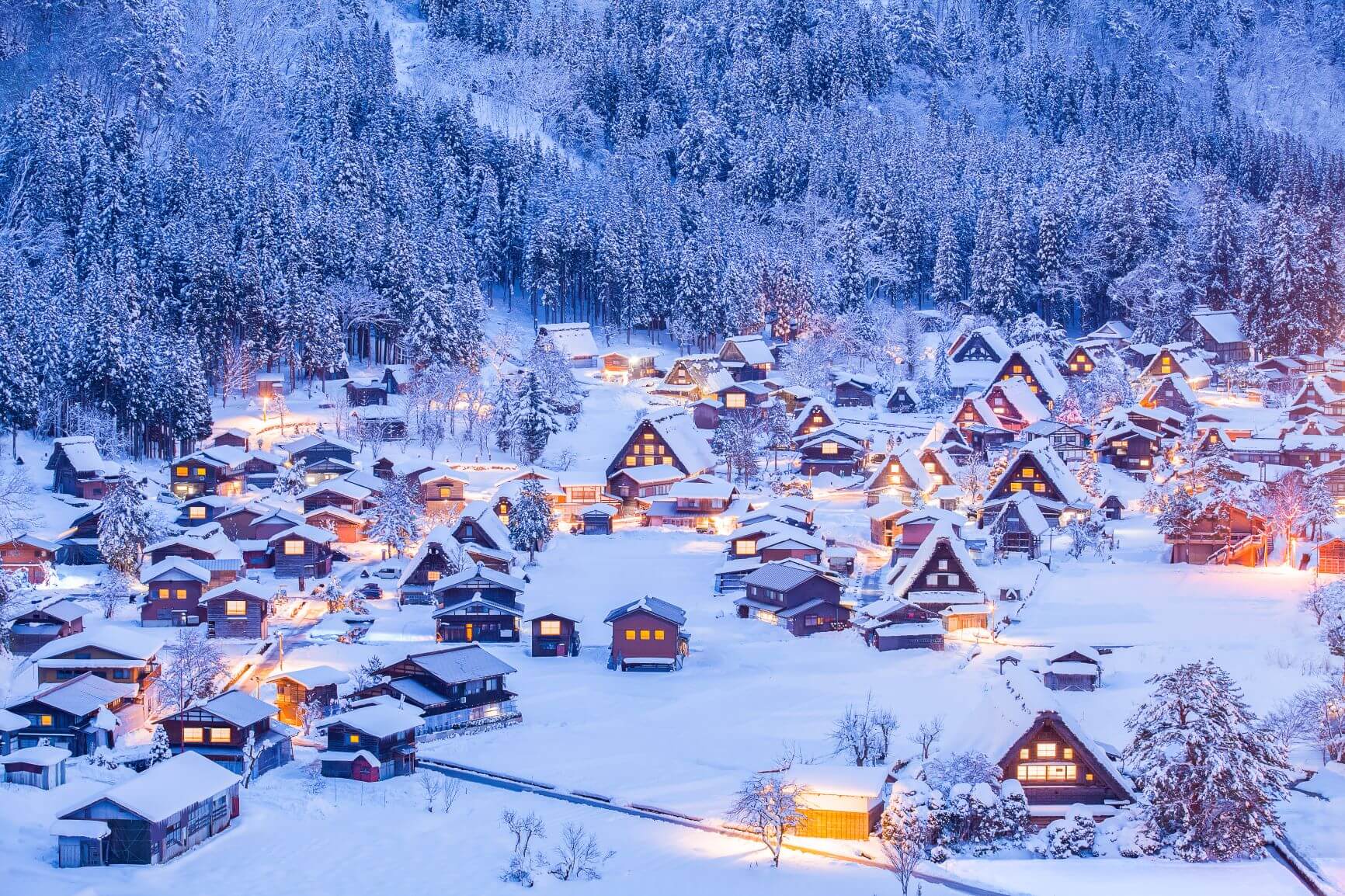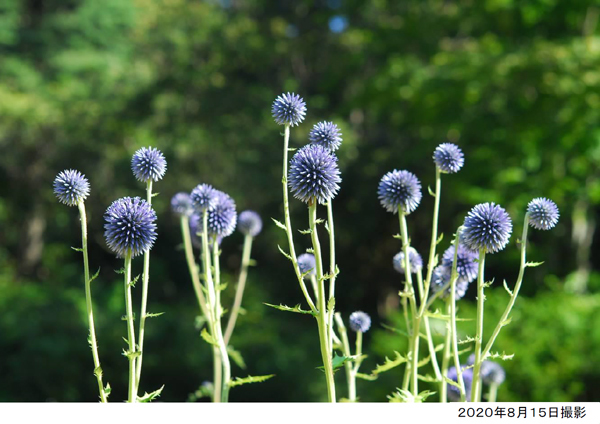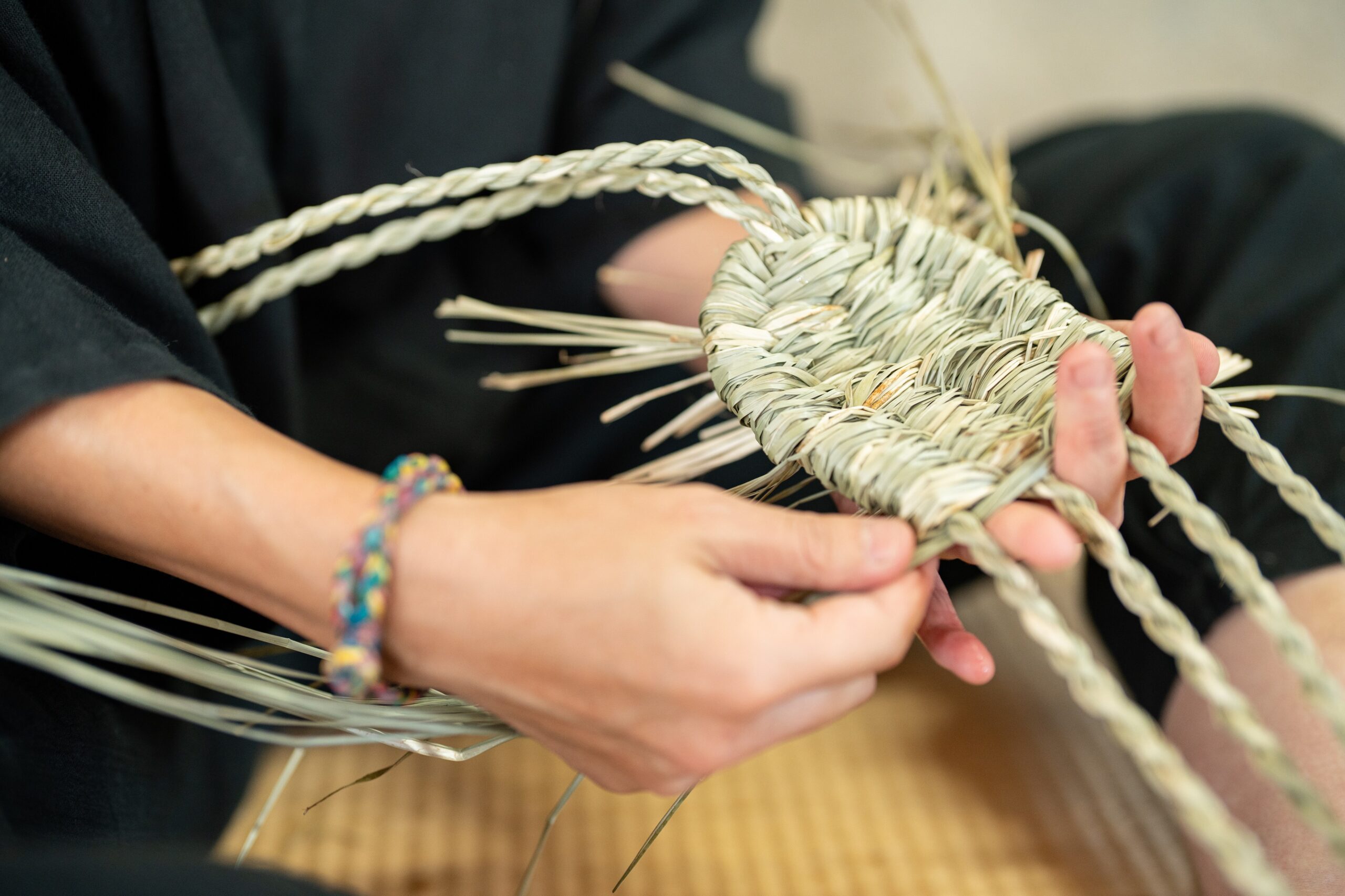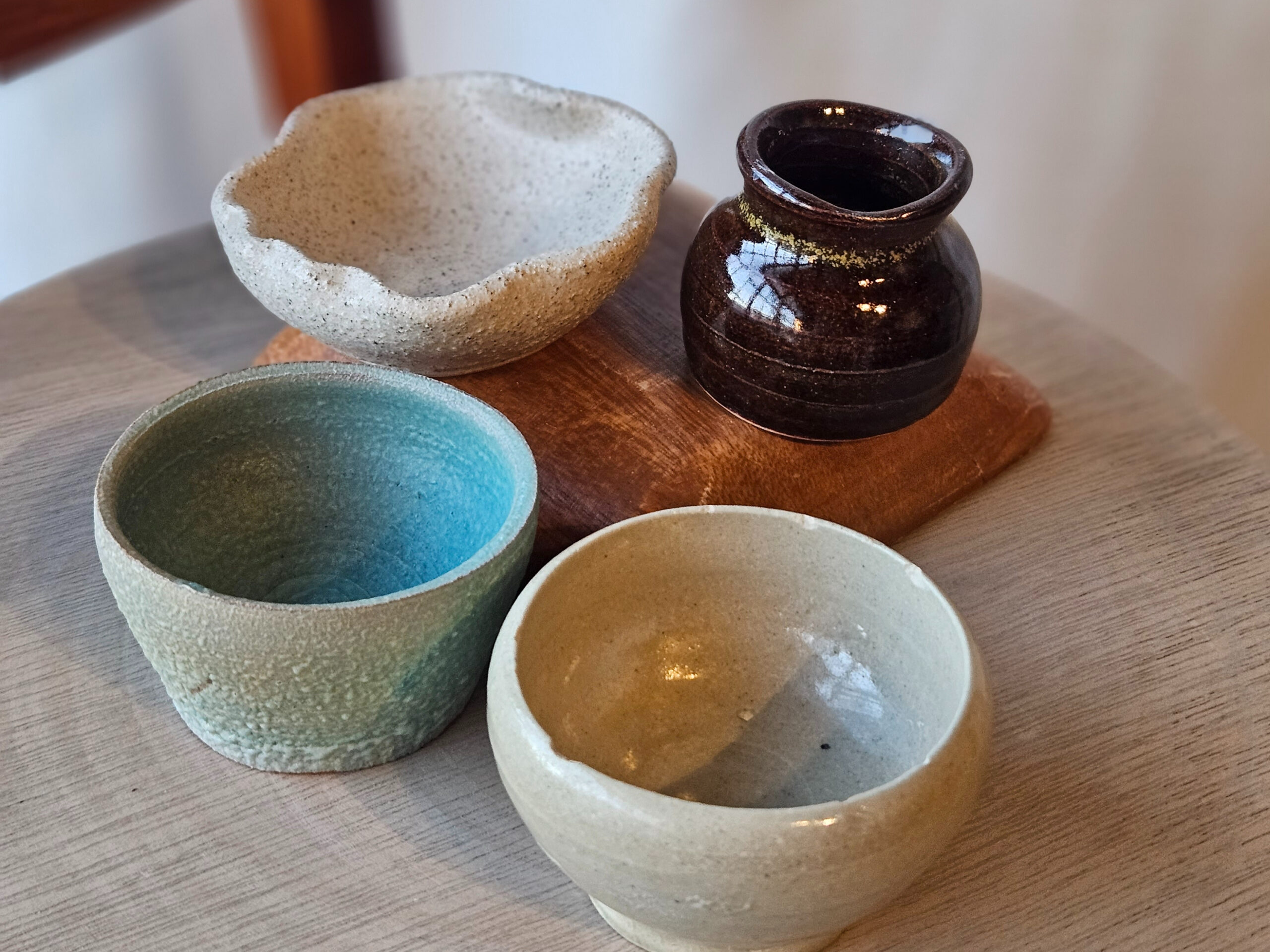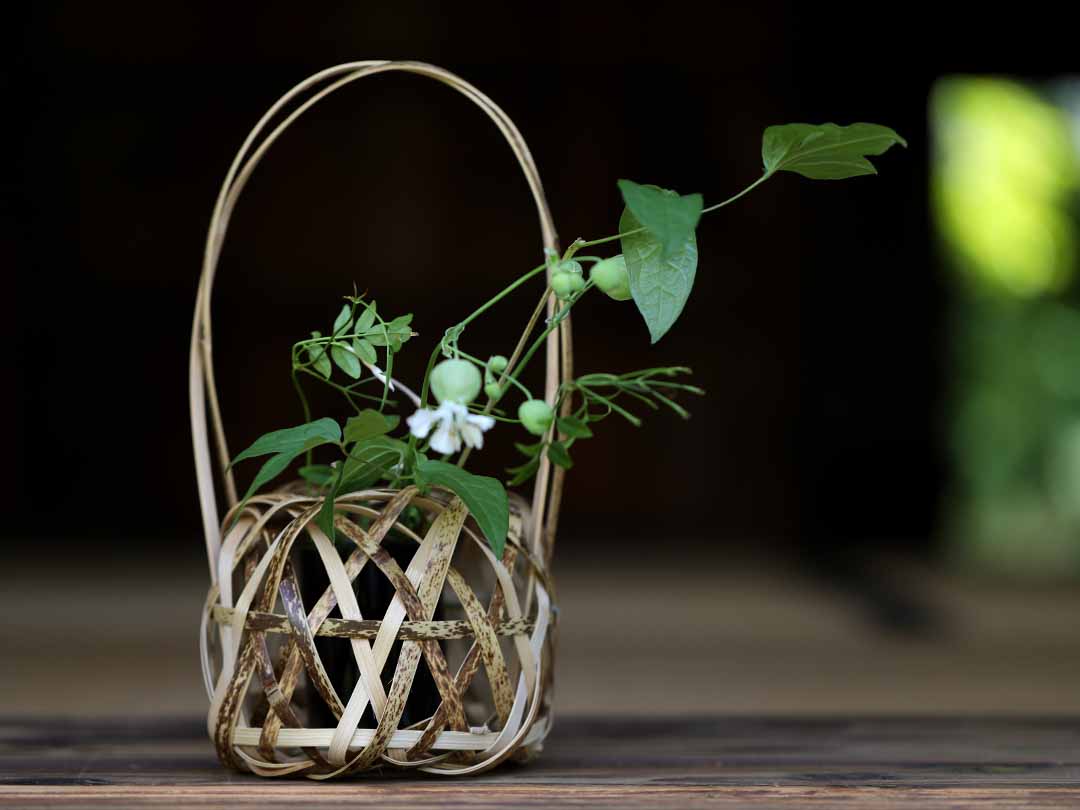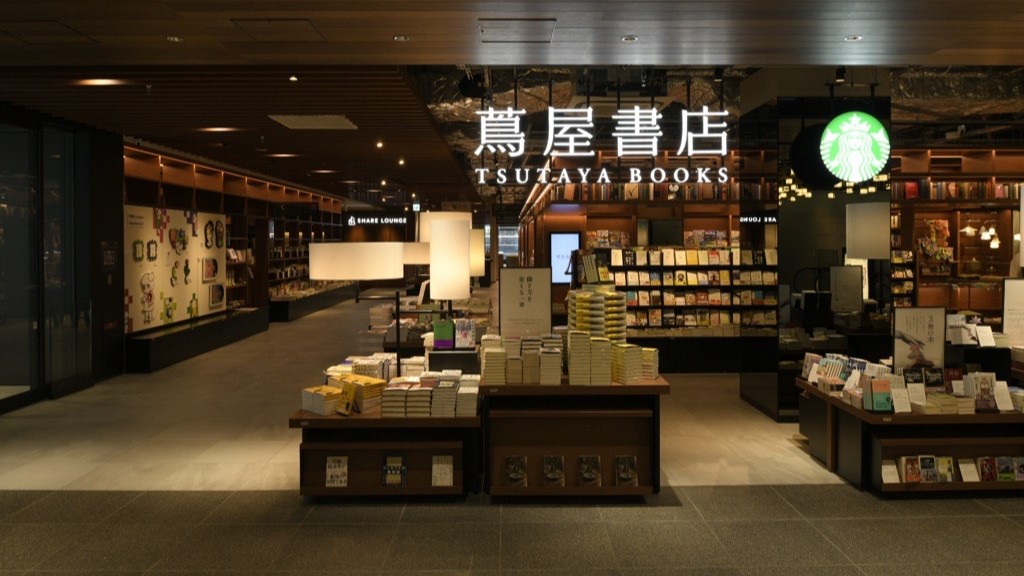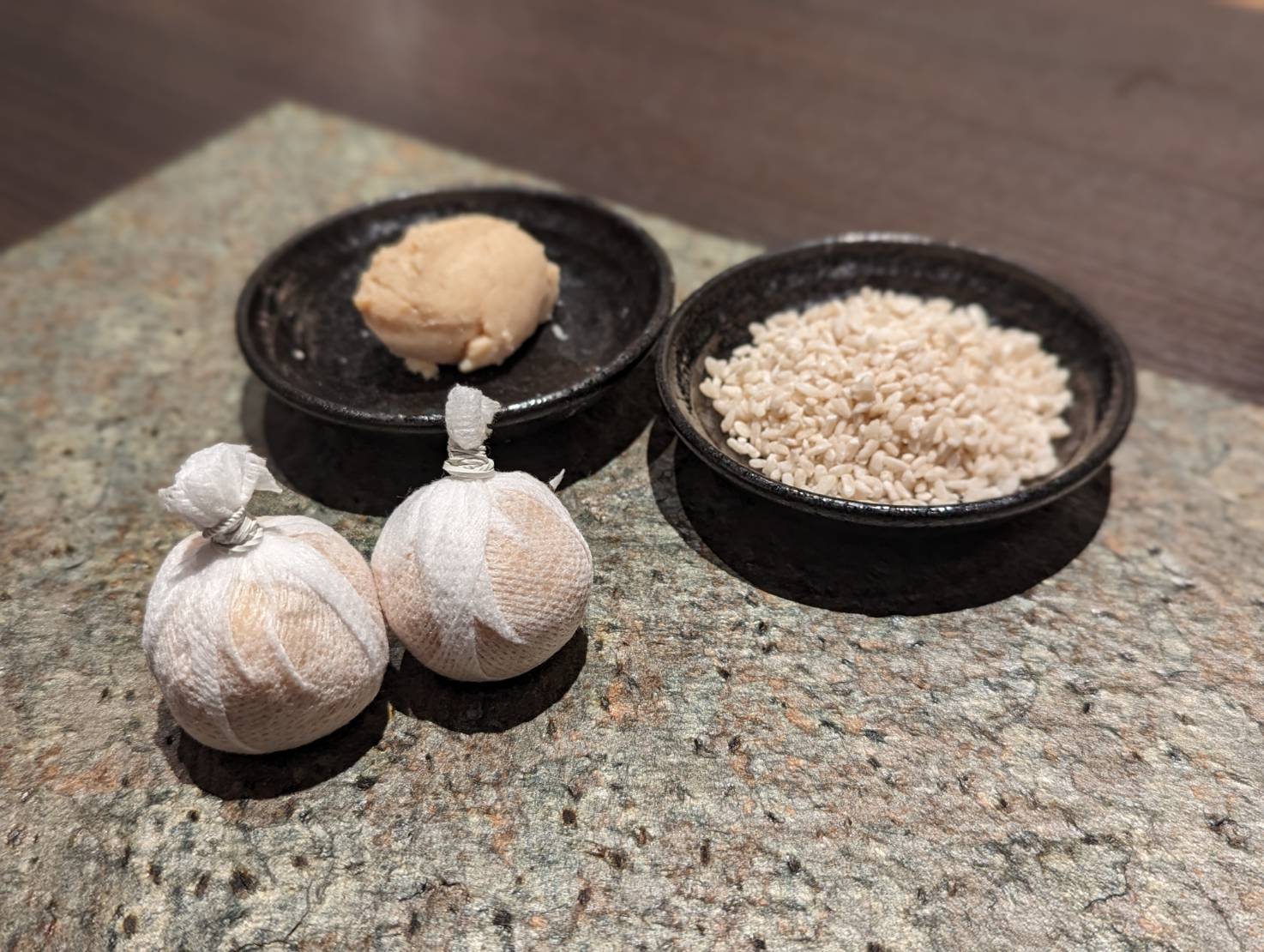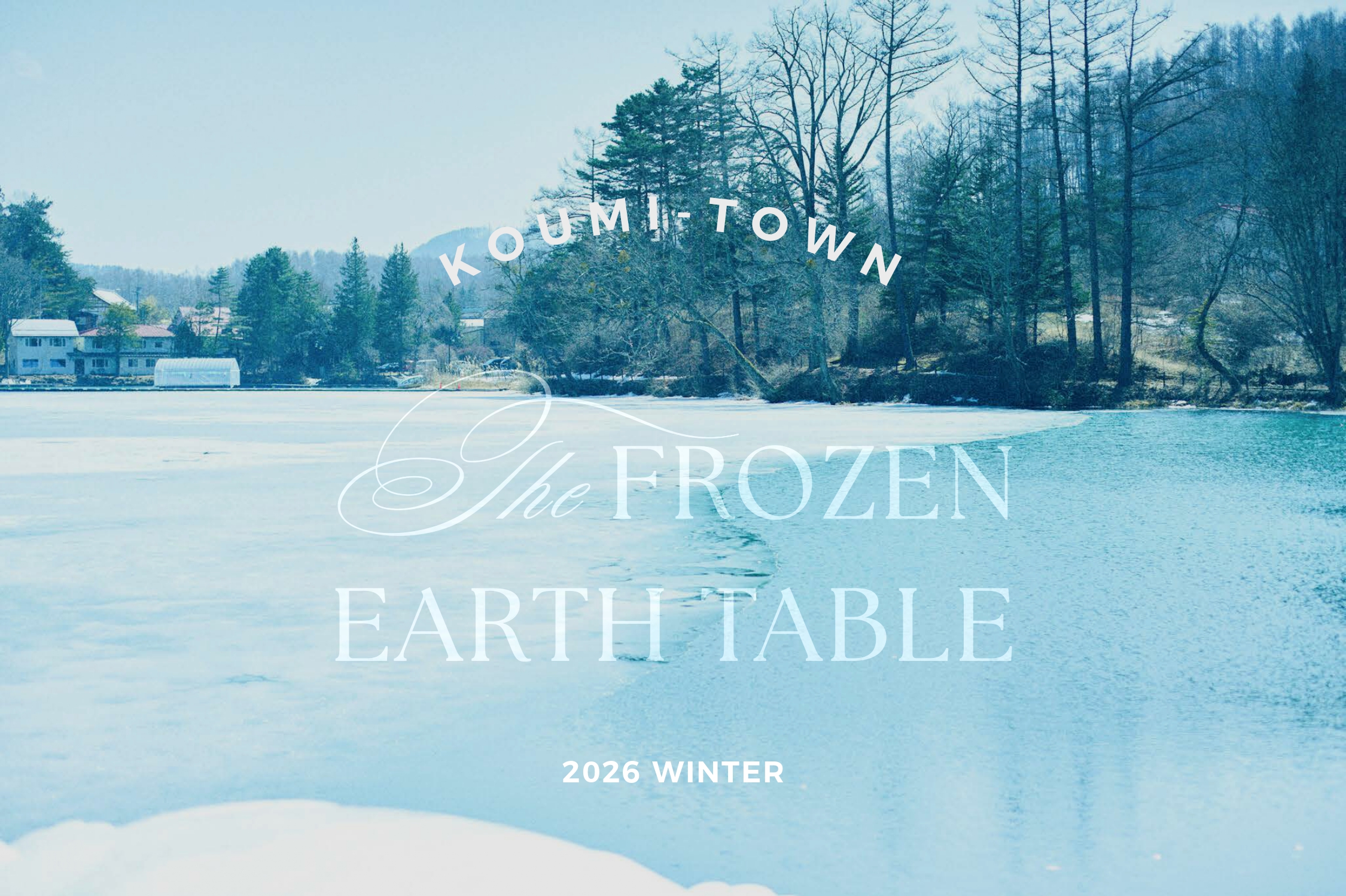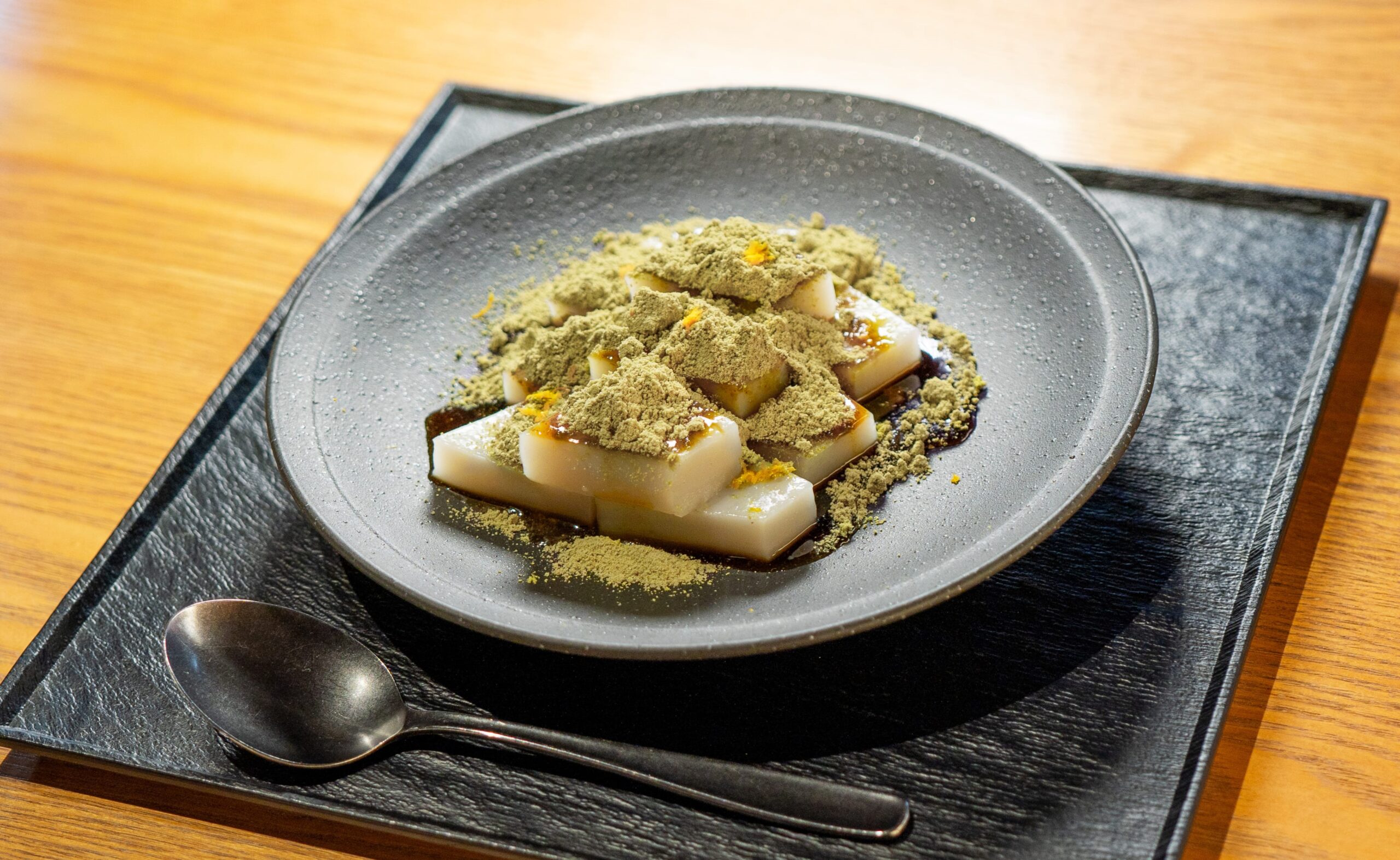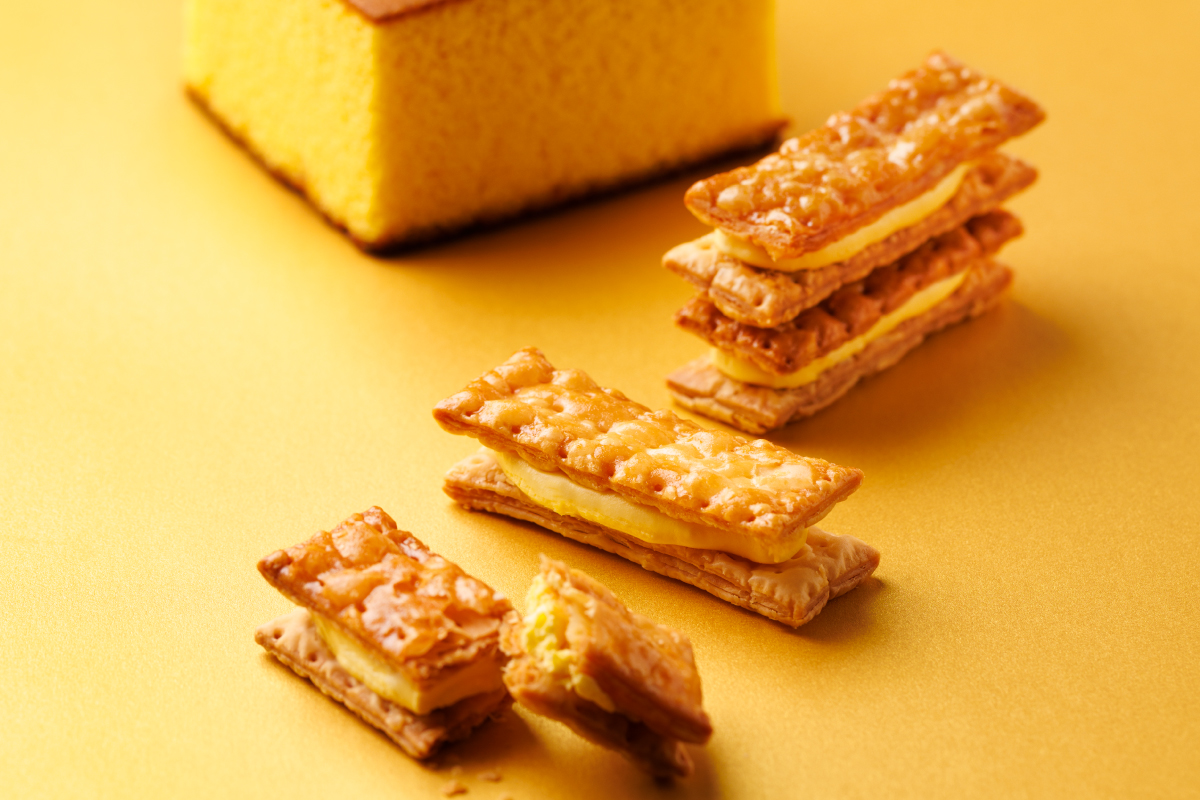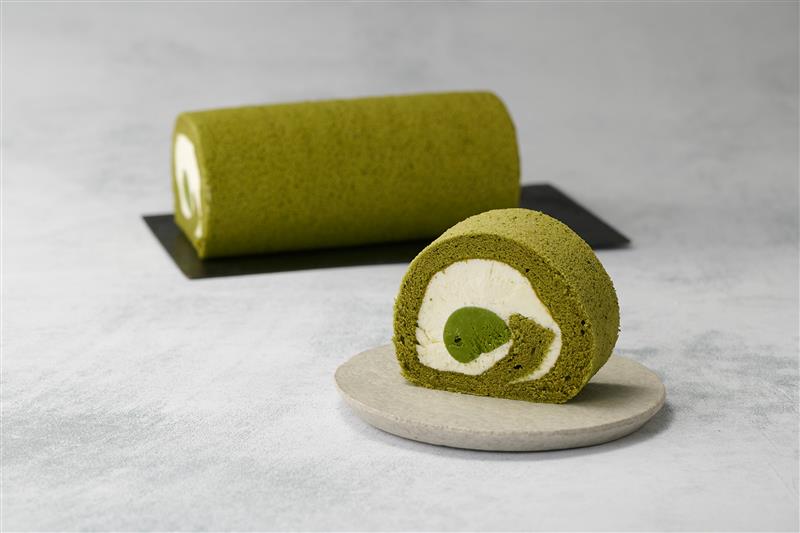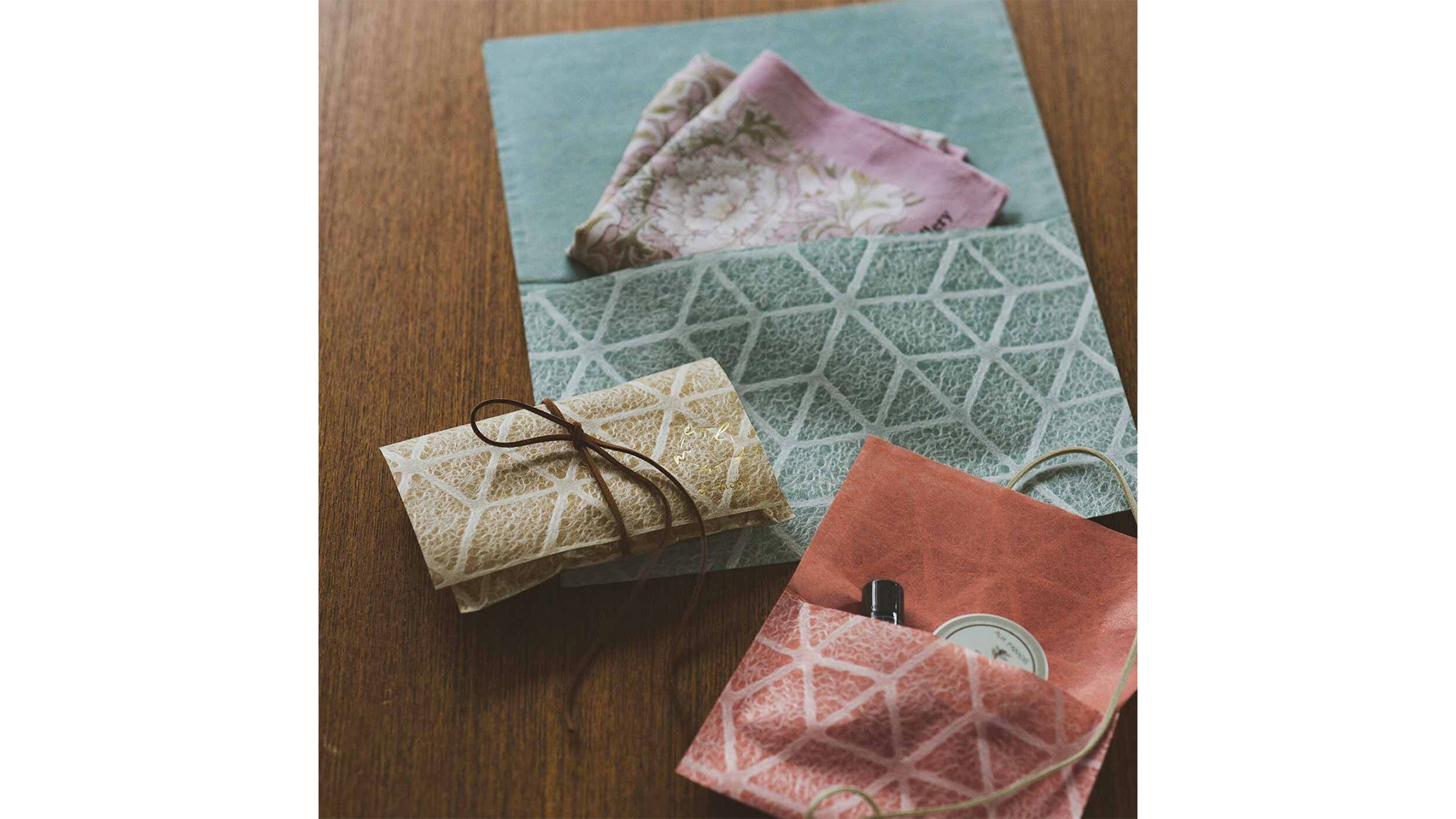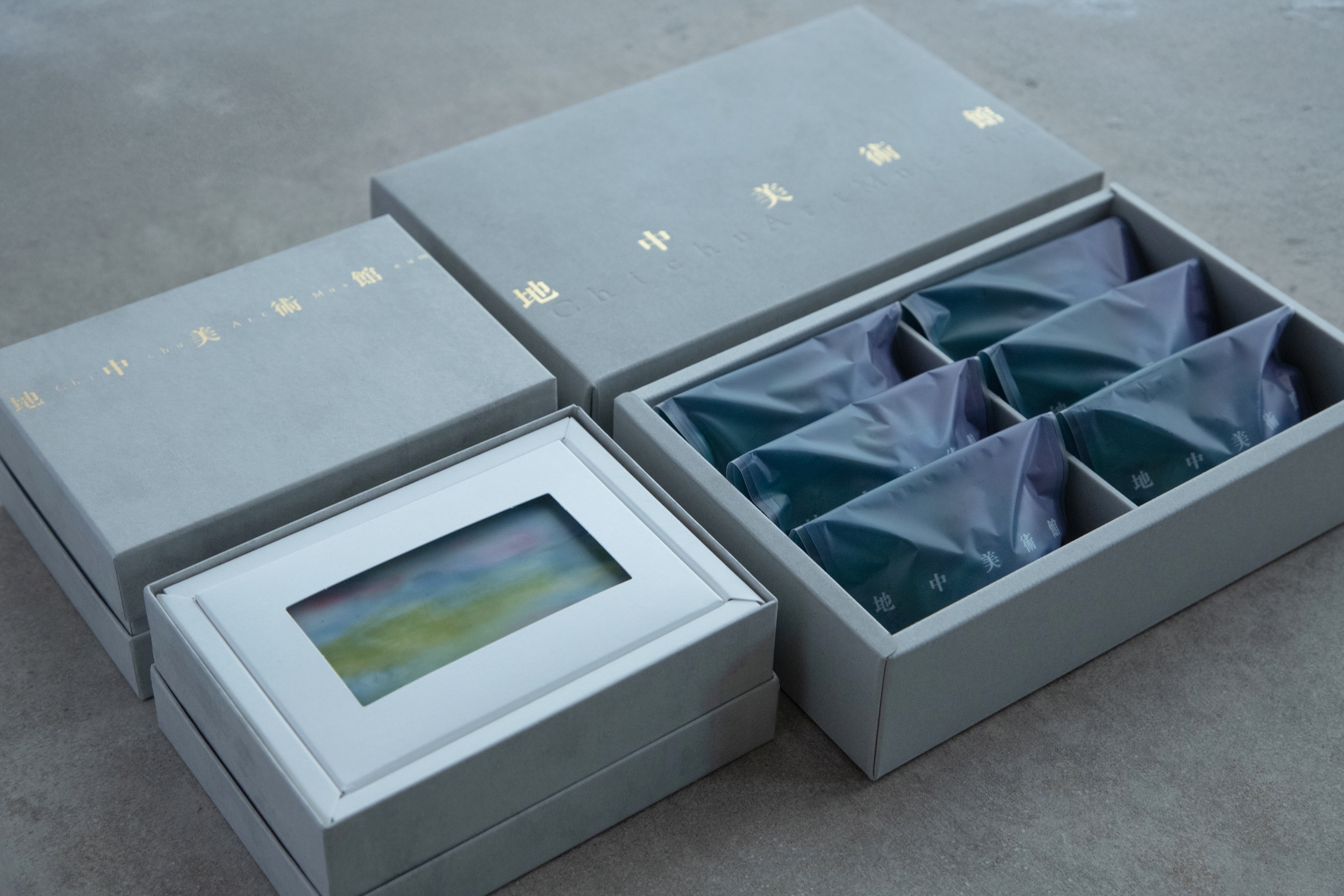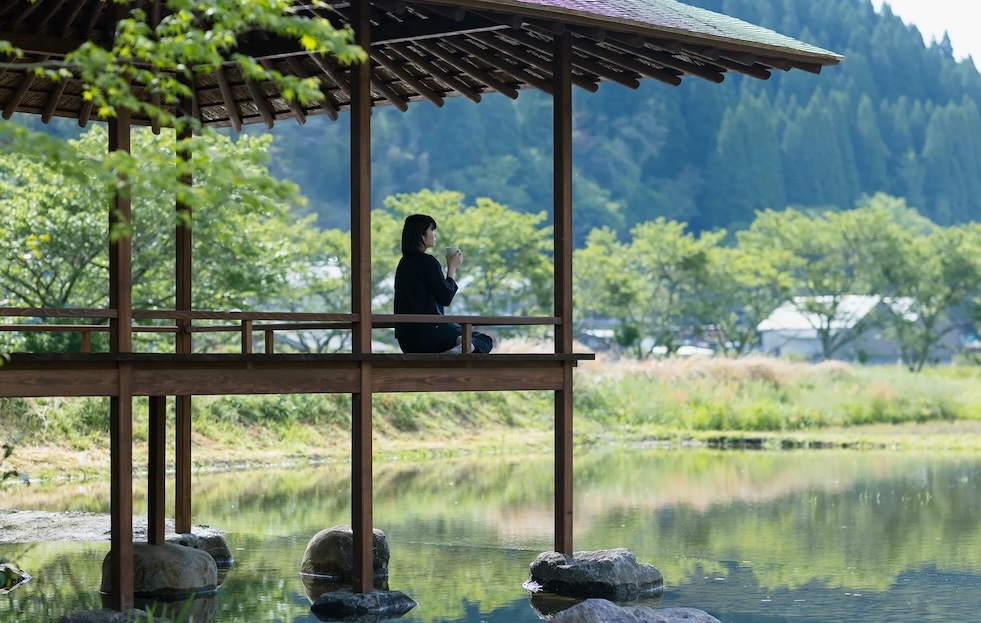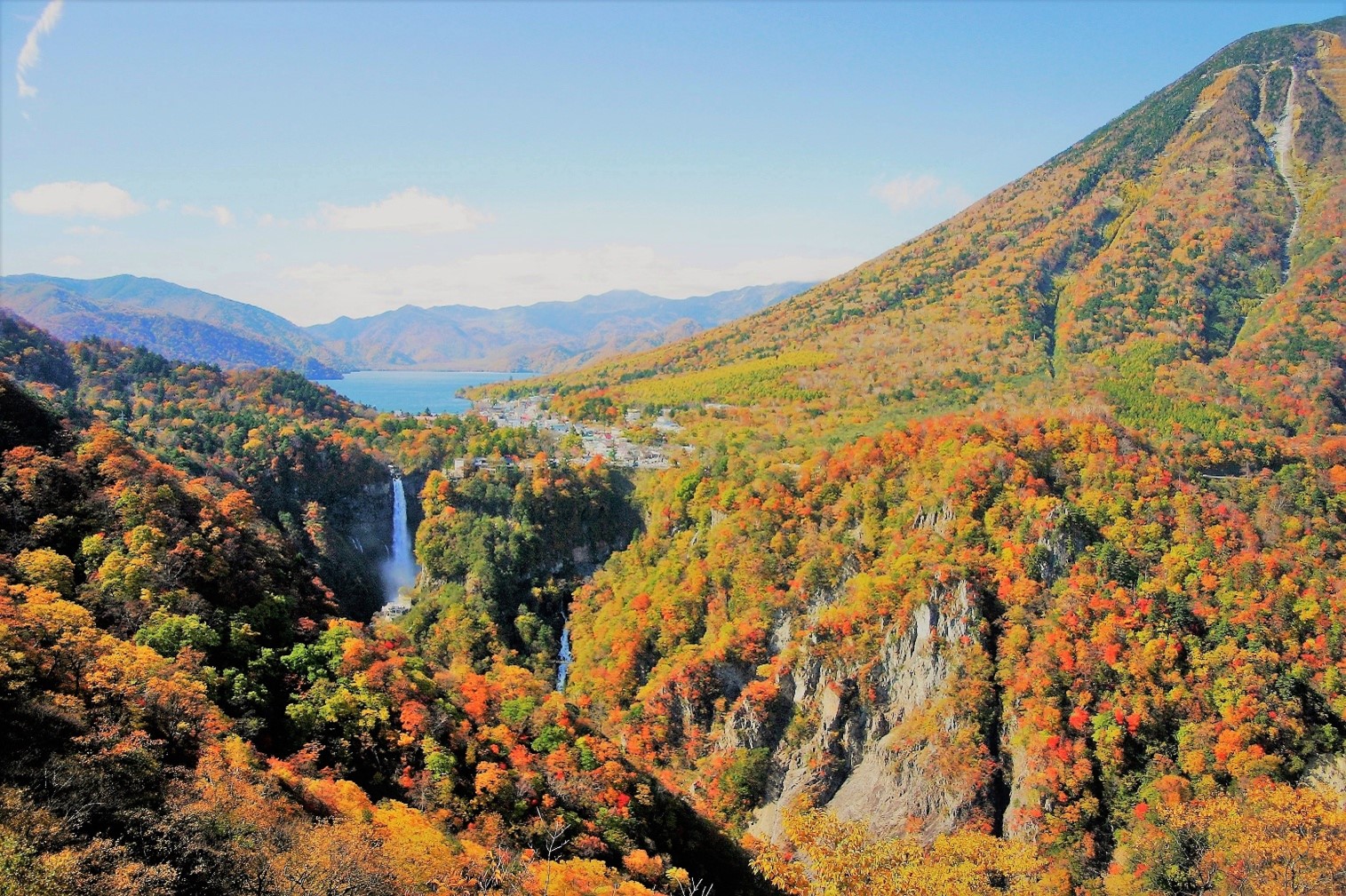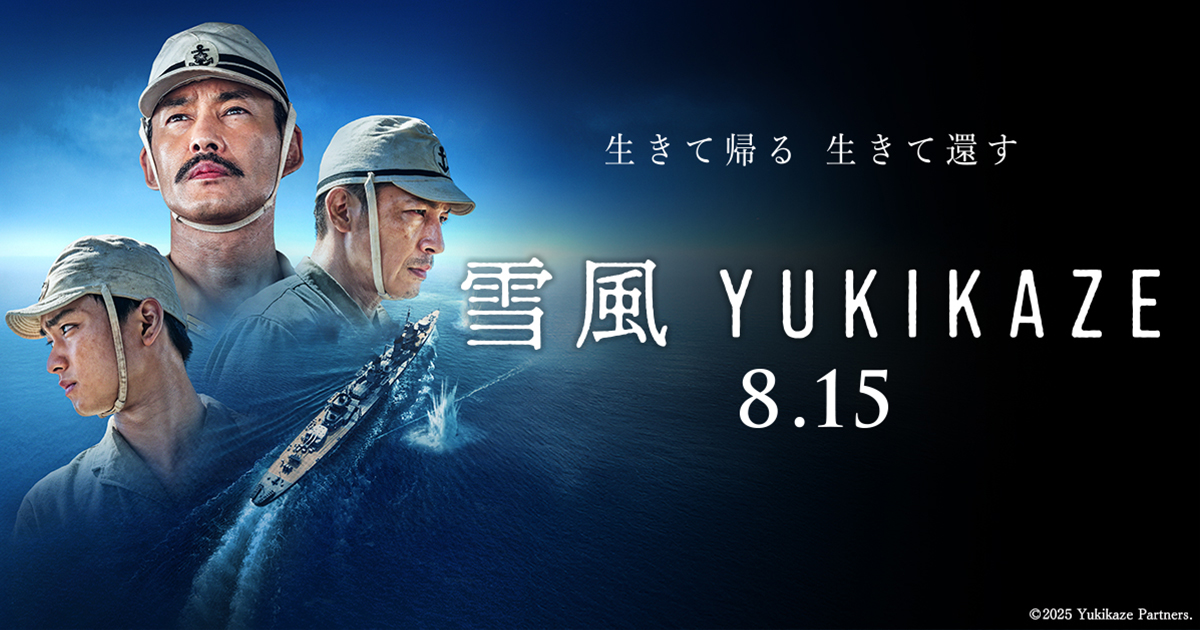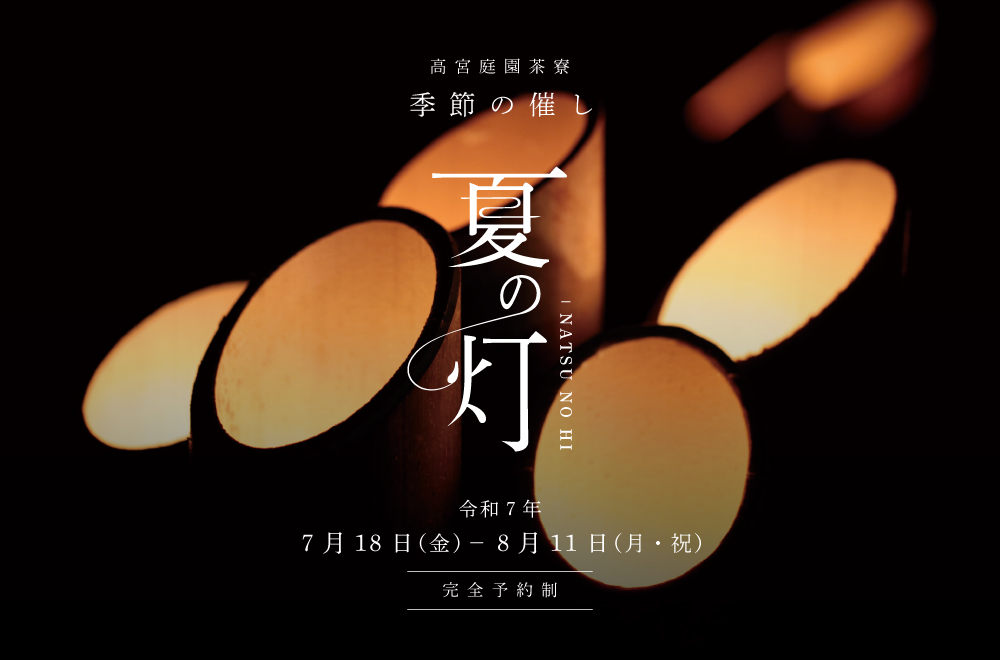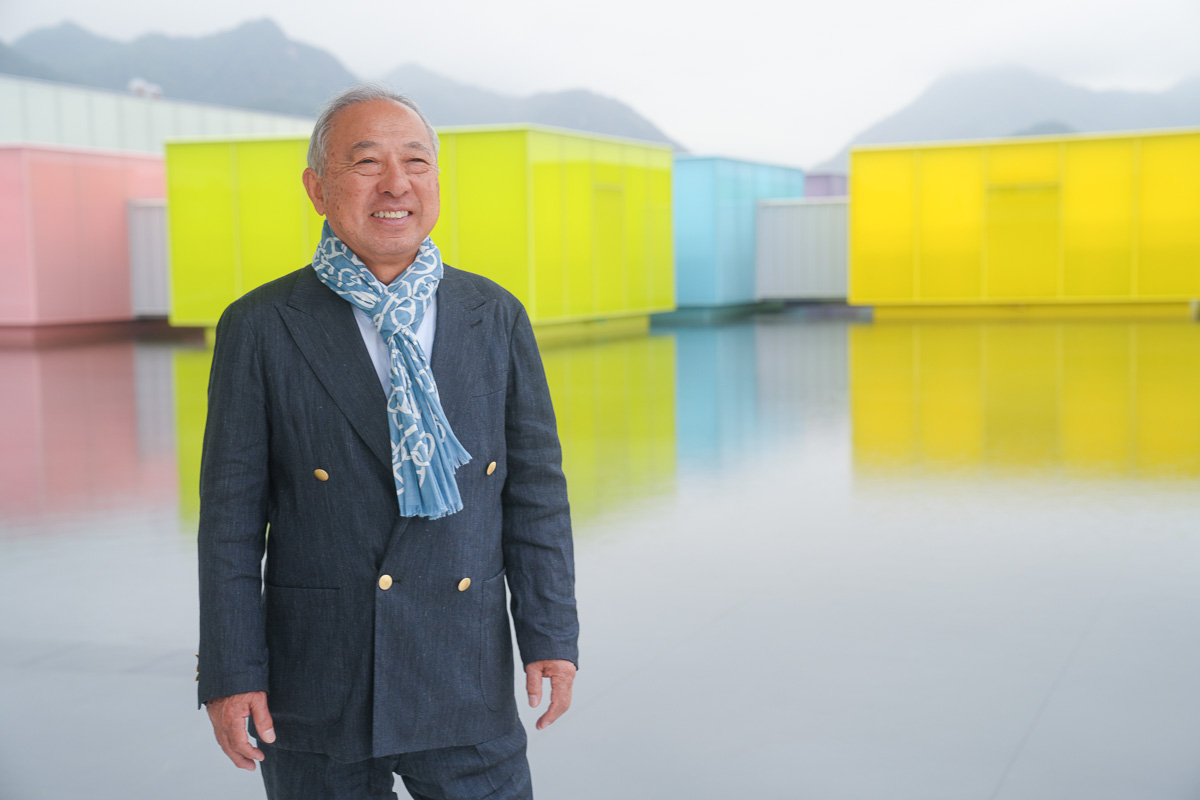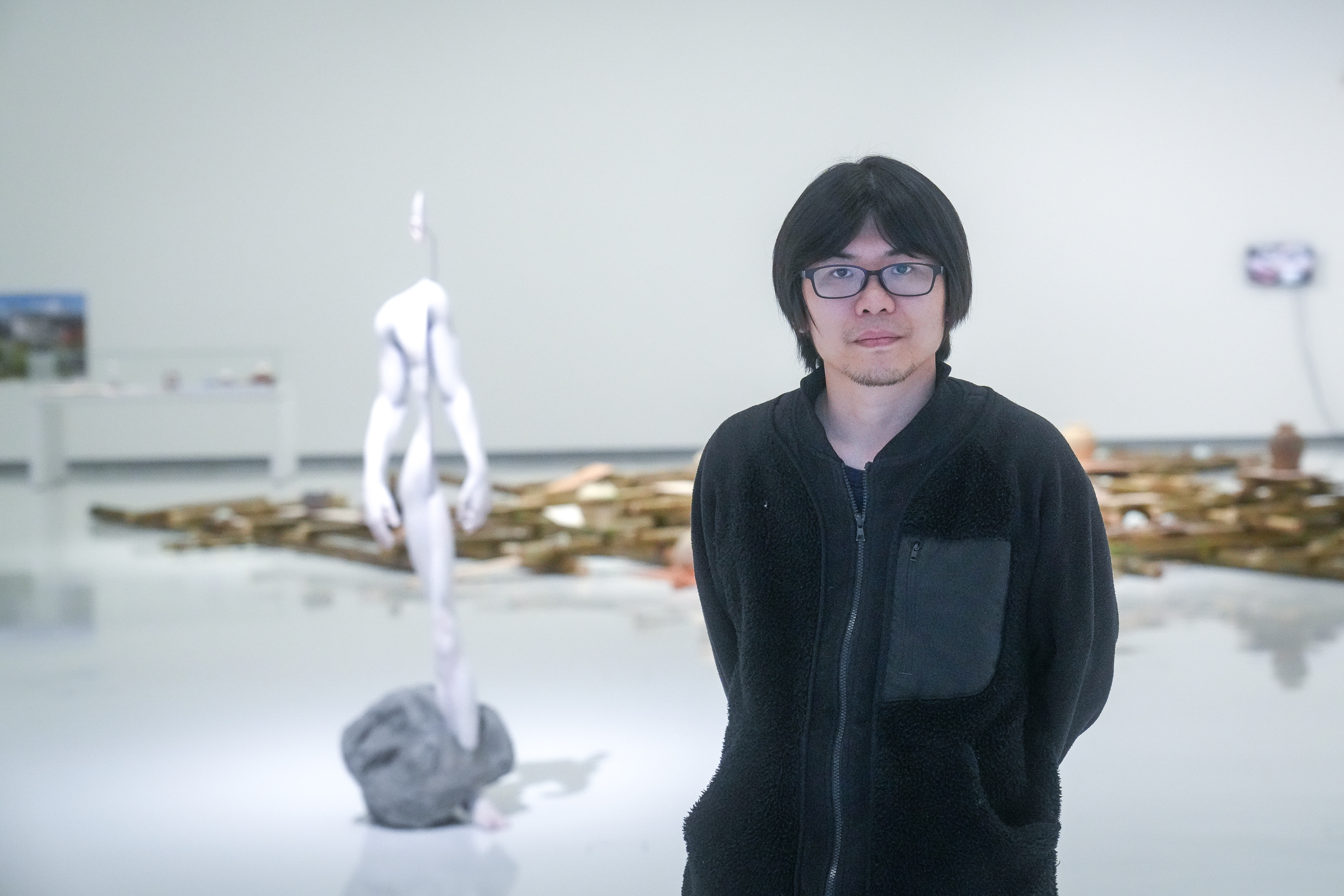Arch gate of Gosamaru, a master of castle construction
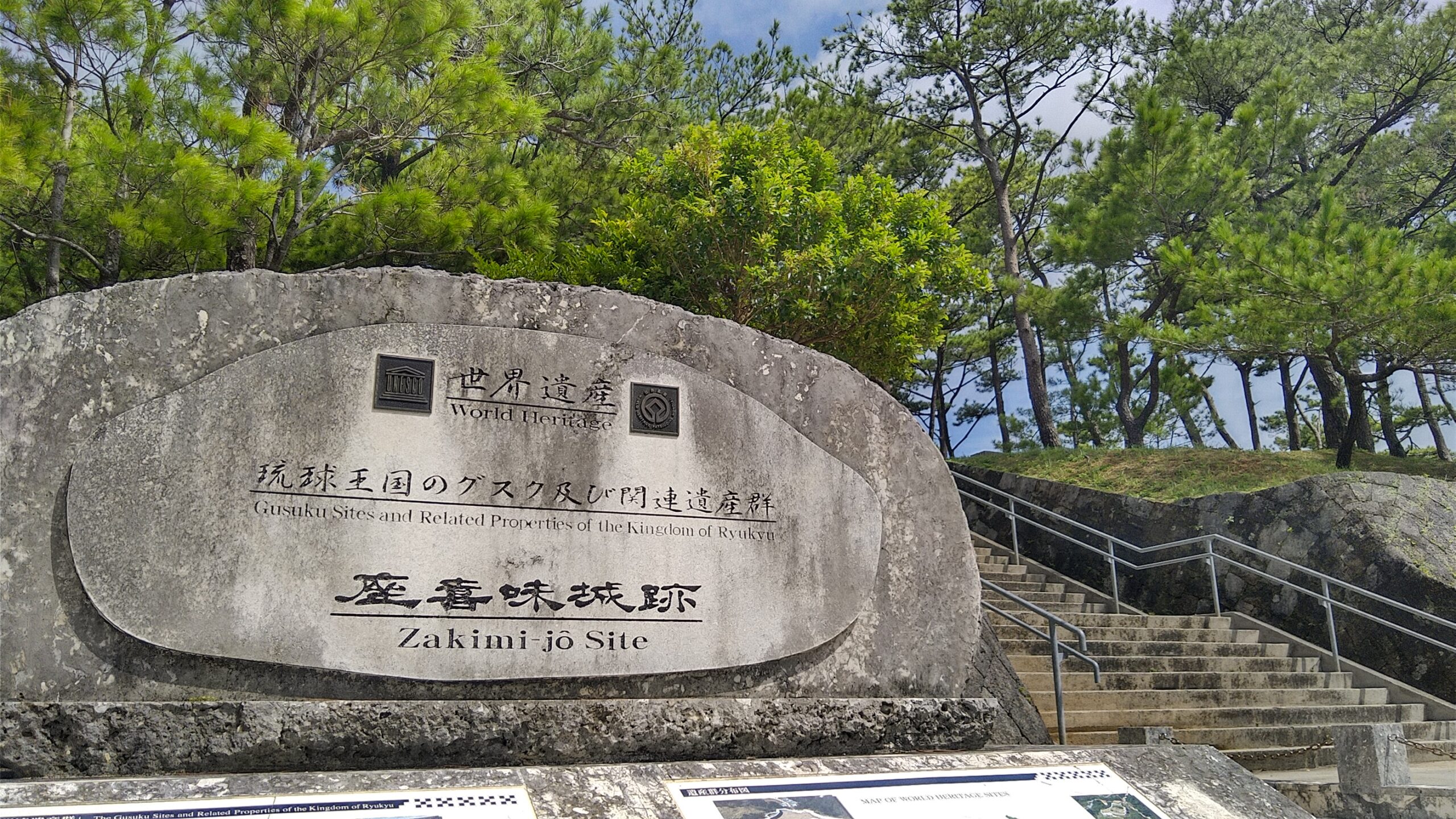
It is said that Zakimi Castle was built by a person named Gosamaru around 1420, before the establishment of the Ryukyu Kingdom (1429 to 1879).
At that time, influential tribes of Nanzan, Nakayama, and Kitayama (the range that almost overlaps with the current southern, central, and northern parts of the main island of Okinawa) were fighting for hegemony. It is a world of war called the “Miyama era”.
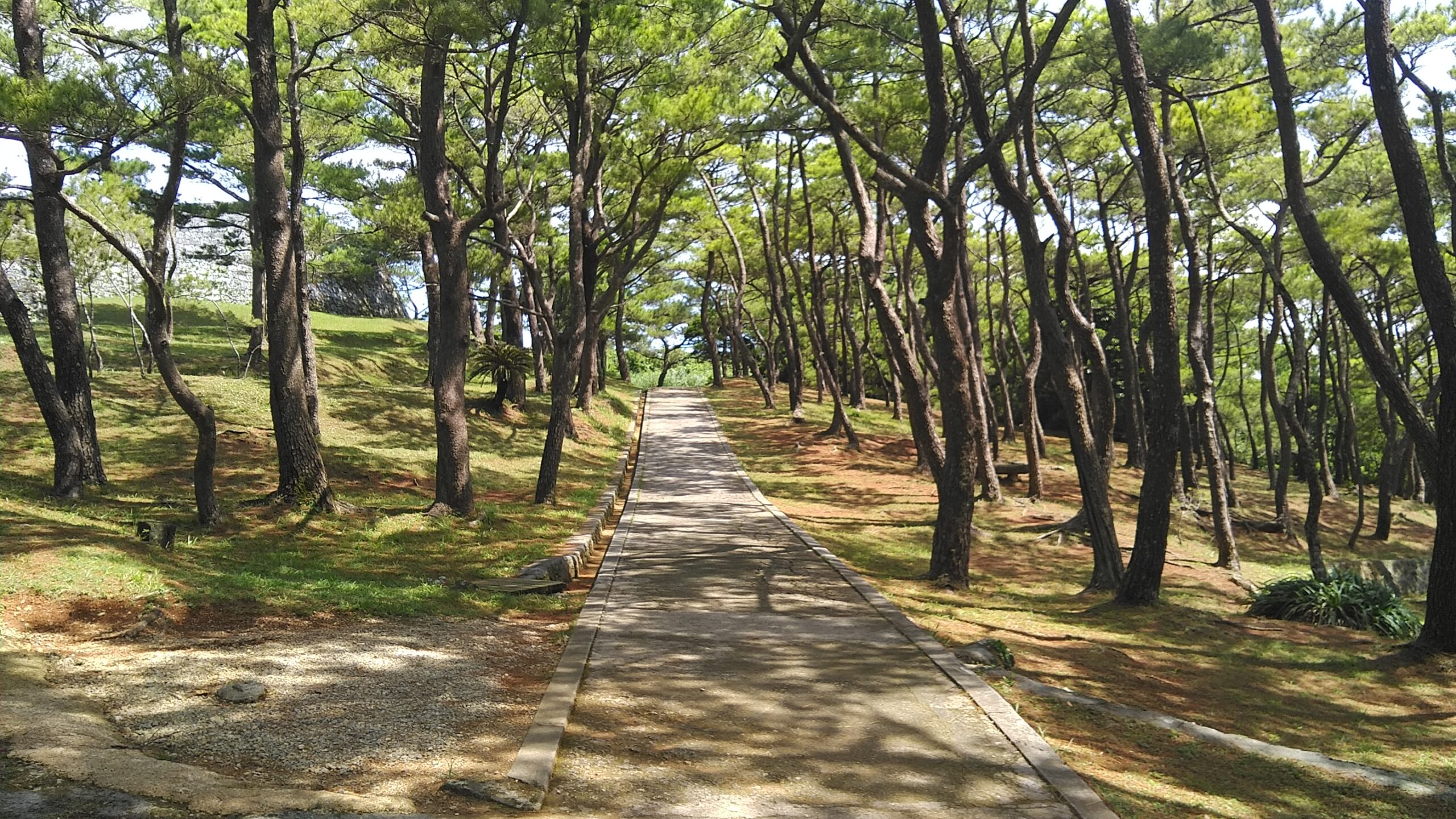
There are countless Ryukyu pine trees on the slope in front of Gusuku.
Kitayama’s Nakijin Gusuku castle owner, Han’anchi, tries to attack Nakayama’s Shuri Gusuku.
However, the surrounding Aji (Aji … the title of a local lord) was afraid of Han’anchi, so he informs King Nakayama of this.
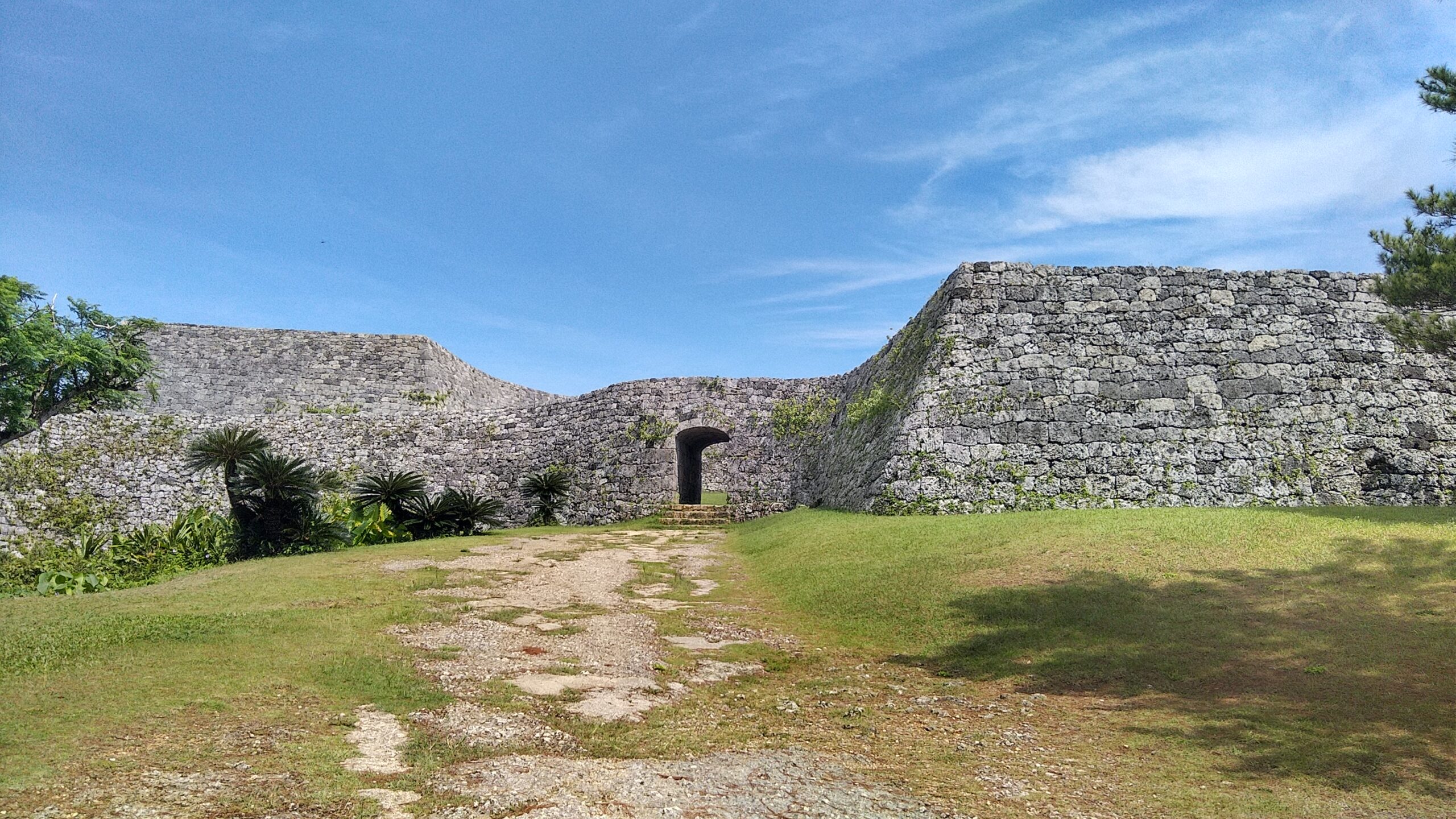
King Nakayama feels the need to capture Kitayama and orders the Nakijin Gusuku expedition. At that time, Gosamaru joins the expedition as “Yuntanza Aji”.
Nakijin Gusuku was considered “impregnable” due to “building a castle that made good use of the terrain” and “the existence of brave soldiers.”
The Allied Forces centered on Nakayama’s Sho Hashi (the person who later established the Ryukyu Kingdom) could not be captured by a straightforward attack, and could not fall without using a plot (Bouryaku … Deception). was.
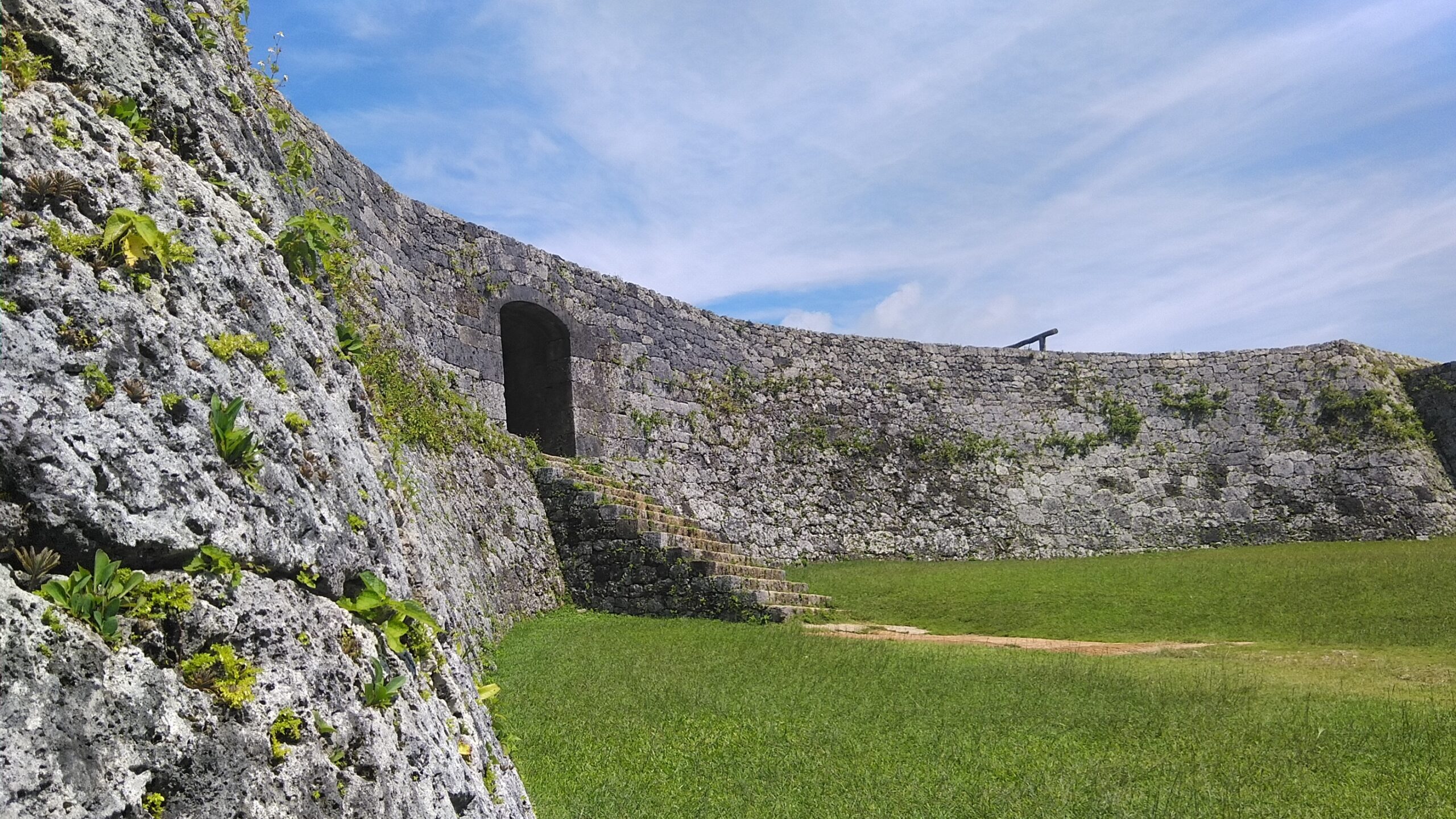
The arch gate of the one Kuruwa. Kuruwa represents a section surrounded by a castle wall. The first Kuruwa is the top section.
Gosamaru is said to have been very impressed with Nakijin Gusuku’s solid fortification technology. He even incorporated the technique into the construction of his “Zakimi Gusuku”.
I also went to Nakijin Gusuku, but I felt that the terrain was similar to the place where Gusuku was built.
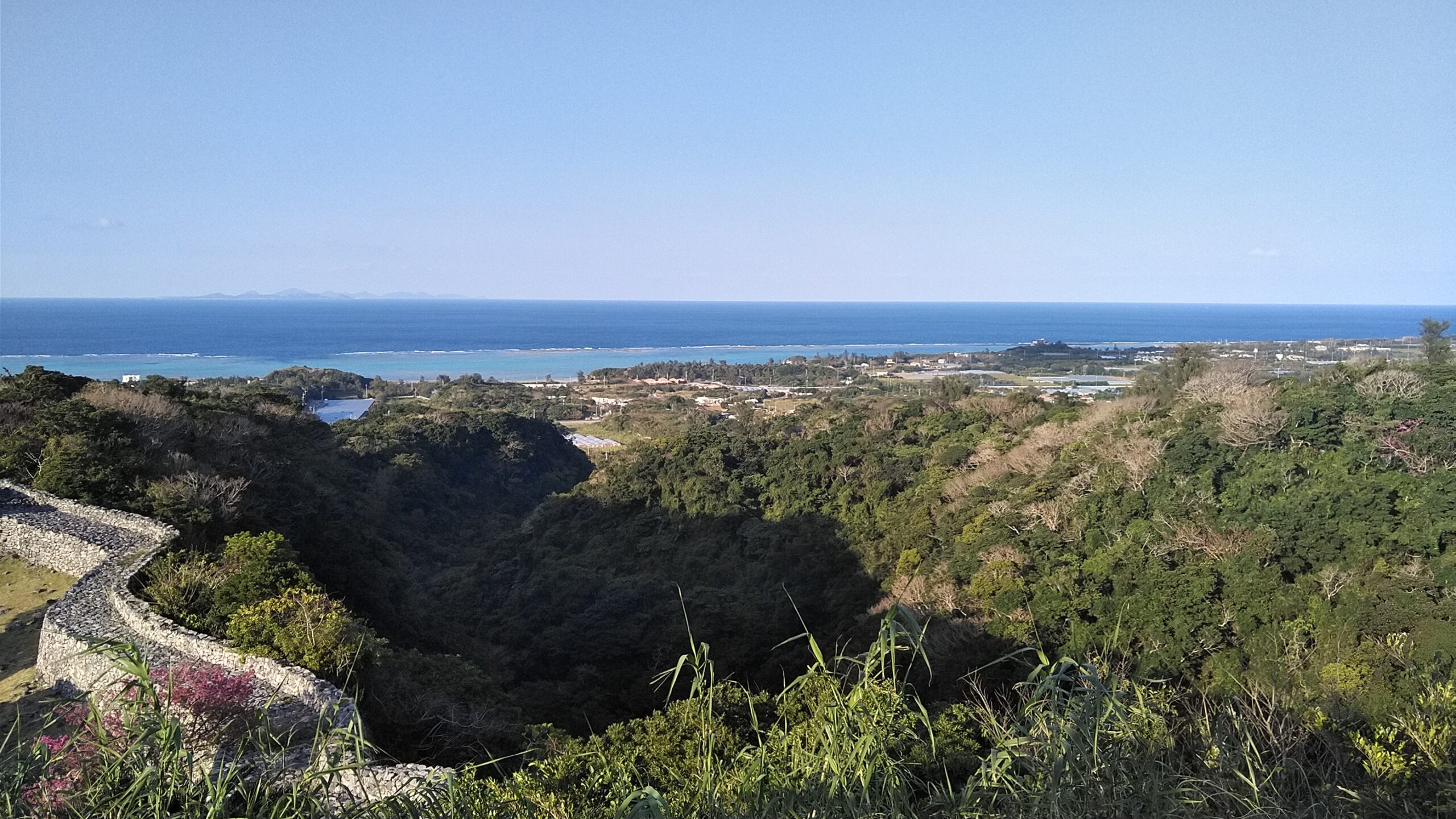
From Nakijin Gusuku Ichi no Kuruwa.
There is a steep valley behind Nakijin Gusuku, and it is thought that it was difficult to invade.
And here is the view from the back of Zakimi Gusuku.
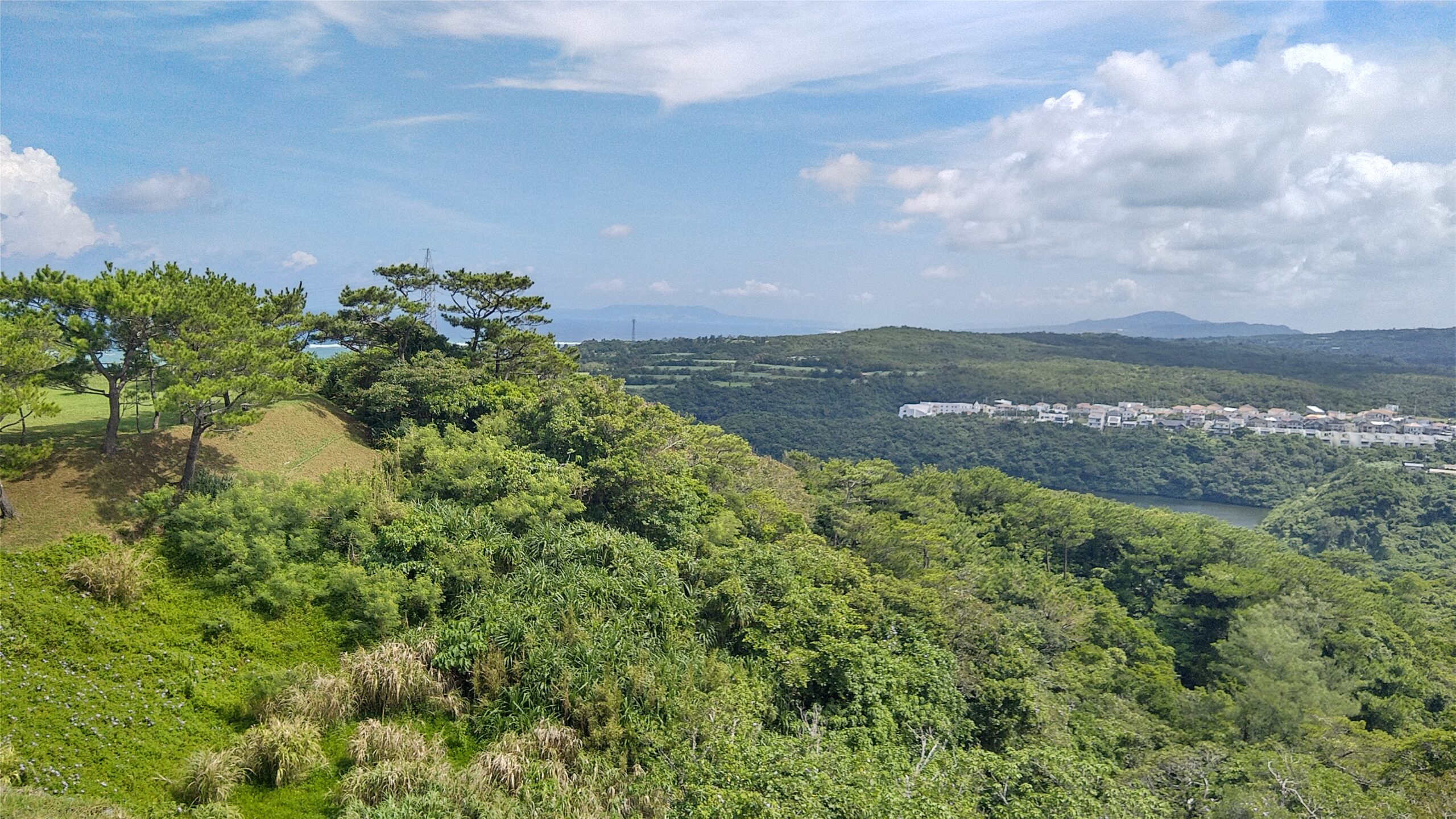
From Zakimi Gusuku Ichi no Kuruwa.
The steep slopes and the overgrowth of trees are very similar. In addition, the long slope to reach the front gate was also common.
Gosamaru probably had both “flexibility” and “greediness” to take in what he felt during the battle.
Gusuku for the war
Let’s take a look at some of the characteristics of Zakimi Gusuku built by Gosamaru.

The wall on the right side of the second Kuruwa arch gate overhangs like this.
It seems that it is a shape to shoot a “horizontal arrow” to an intruder coming toward the castle.
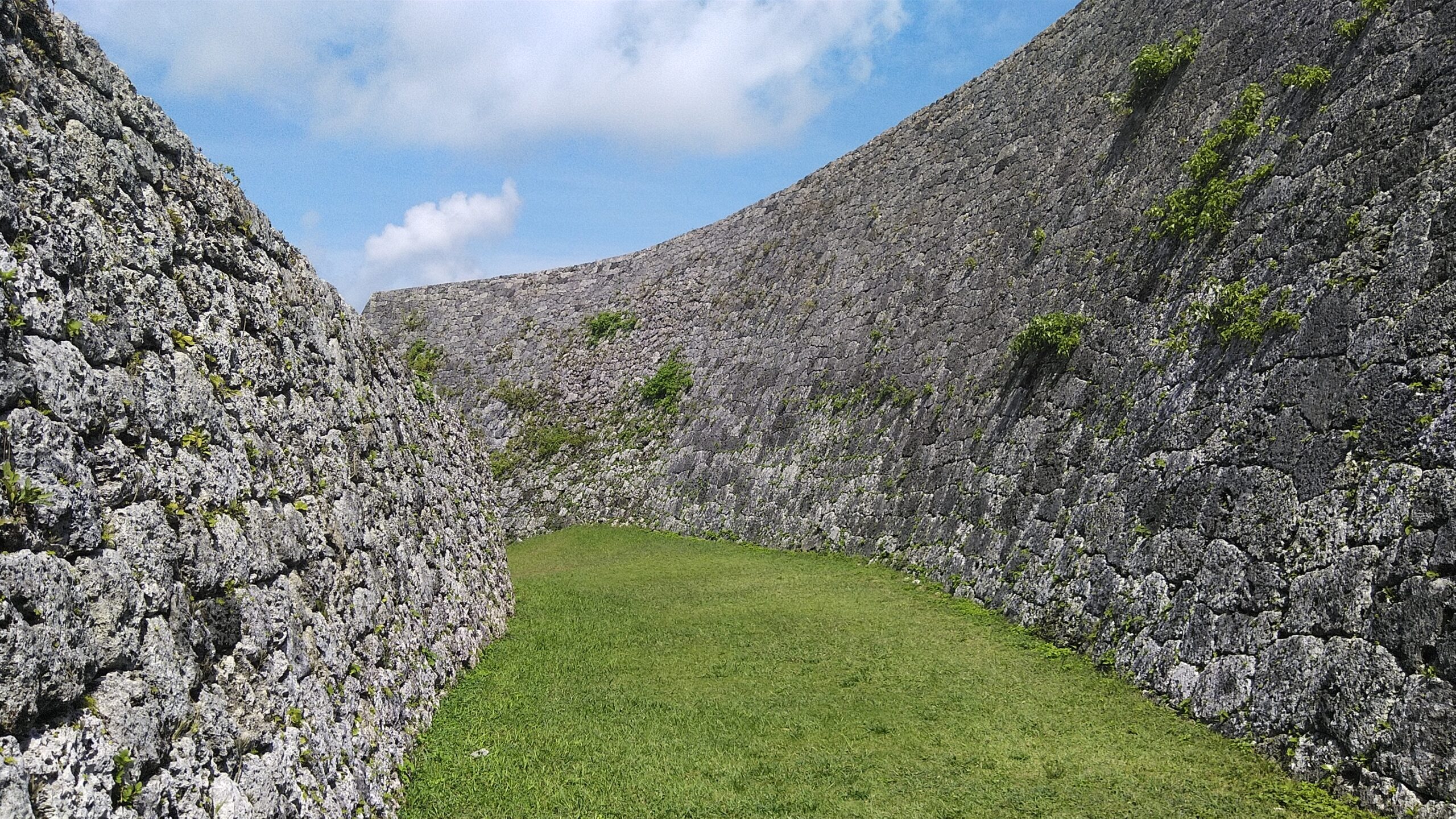
From the second Kuruwa. On the right is the wall of Kuruwa.
This is the place where you went to the left through the Nino Kuruwa Arch Gate. If you go here, you will suddenly have a steep slope and even a dead end.
It’s easy to imagine that he was taking the tactics of guiding the intruder here.
This is the slope.
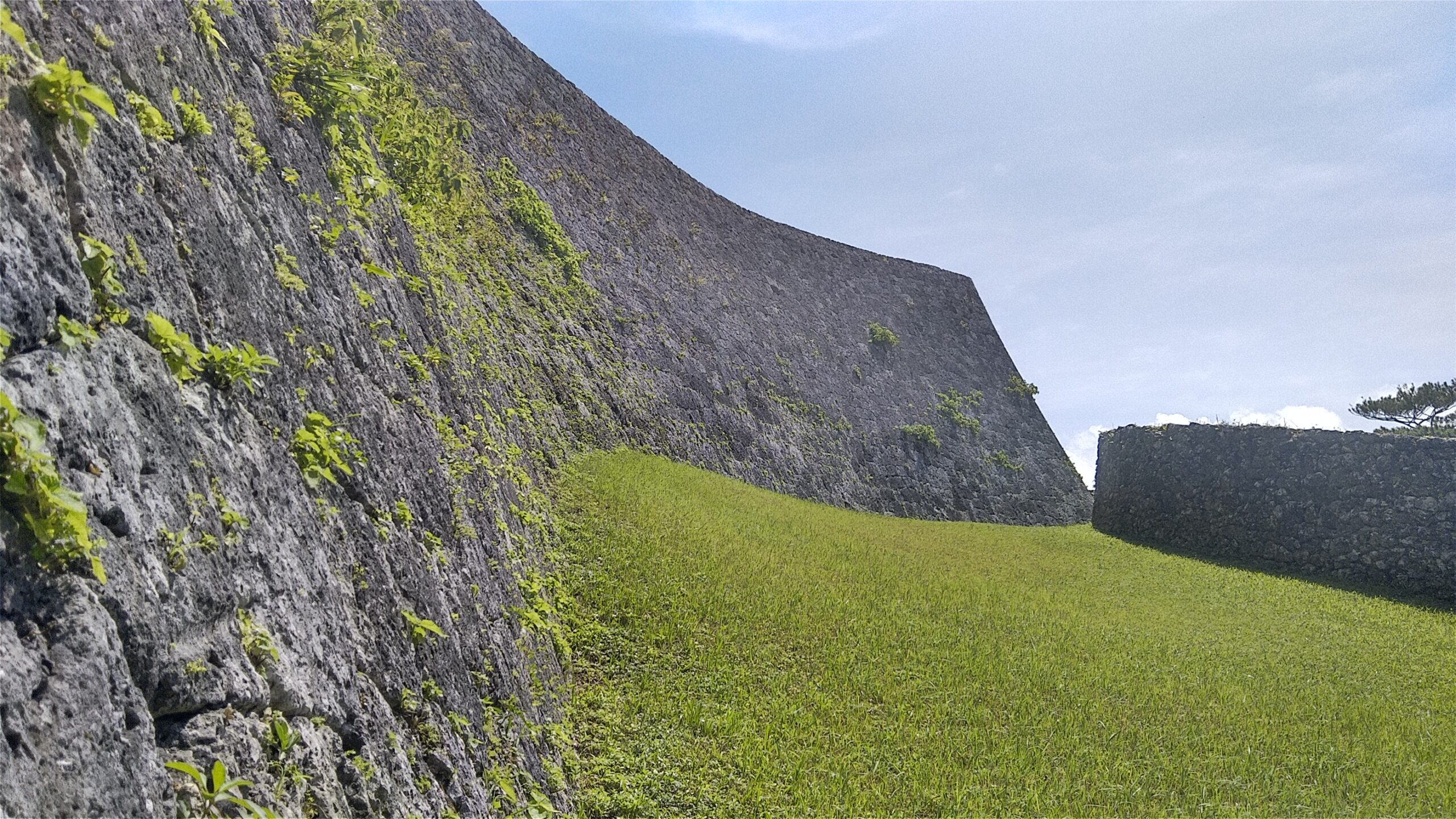
Furthermore, by making the wall slightly diagonal, it is easier to attack than on the wall.
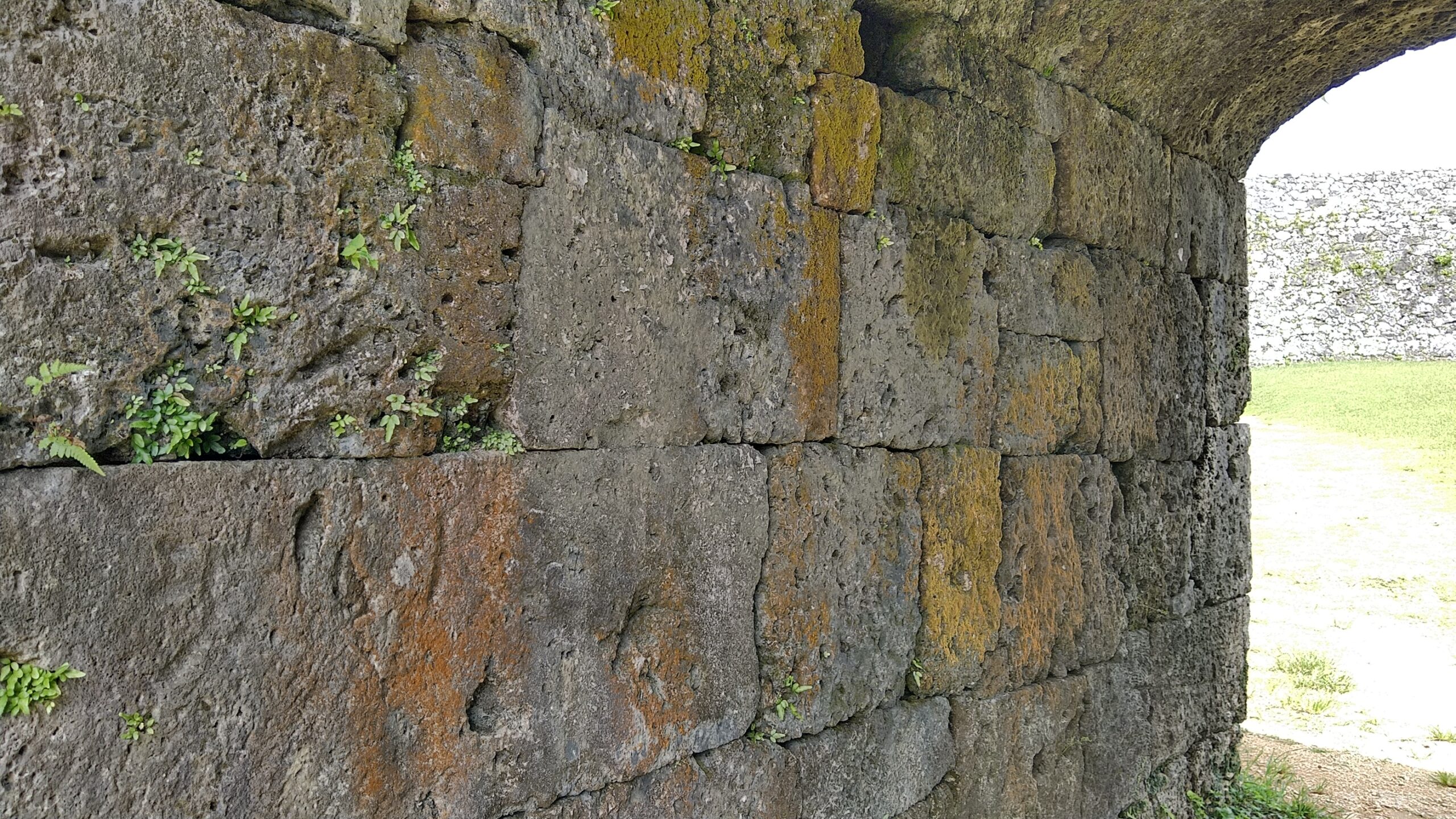
This is the inside of the Kuruwa Arch Gate. It is a stacking method called “Nunozumi”, in which relatively large stones are lined up side by side.
Zakimi Gusuku uses a technique of stacking natural stones called “Nozurazumi” as they are, except for some parts.
It is speculated that this is because the castle had to be built in a hurry in the world of war.
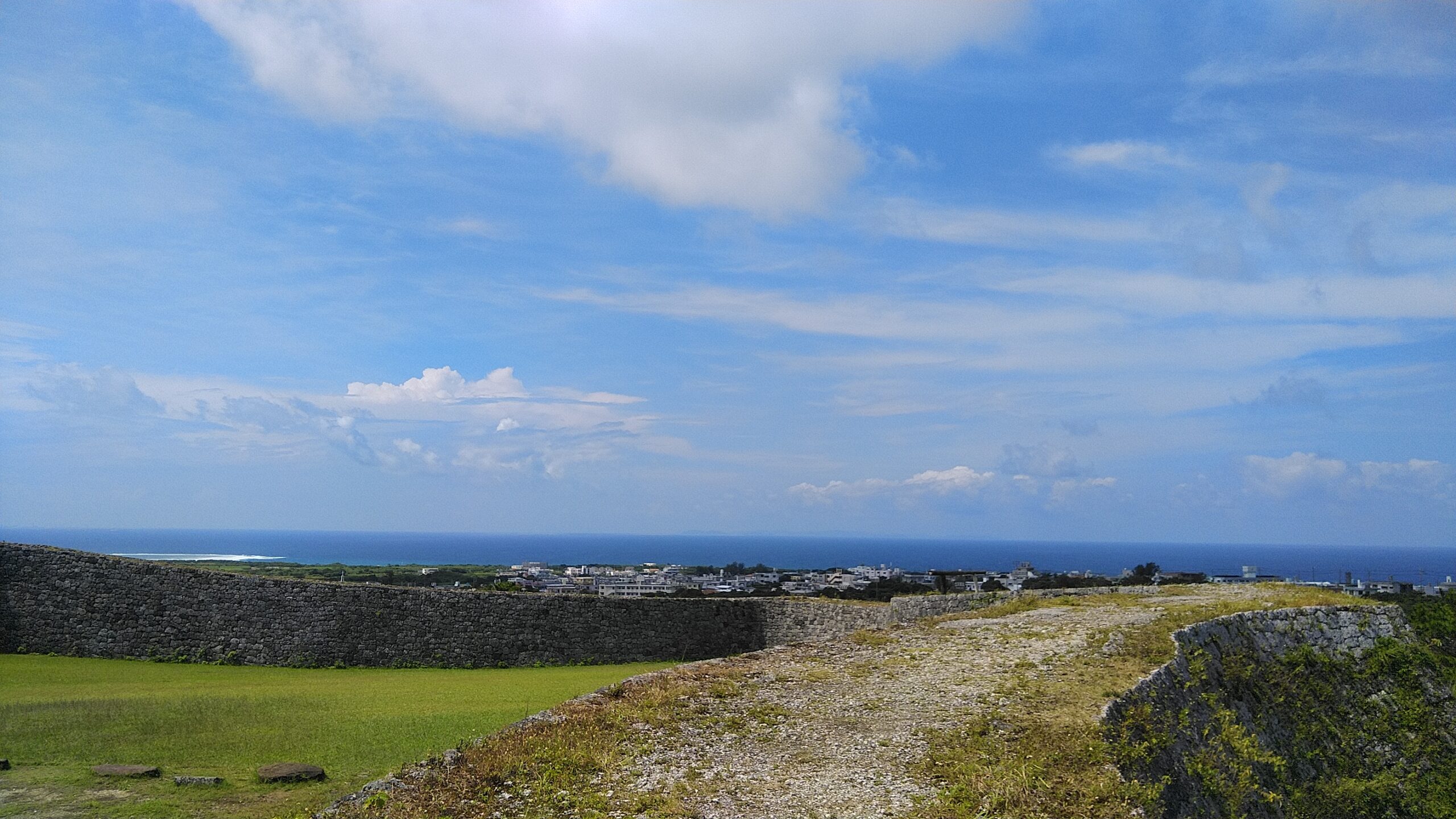
From the top of the castle wall.
In this way, one of the features is that the walls are thick enough to climb up to the walls.
Currently, only “Zakimi Gusuku” and “Middle Gusuku” can go up to the wall. Both are Gusuku built by Gosamaru.
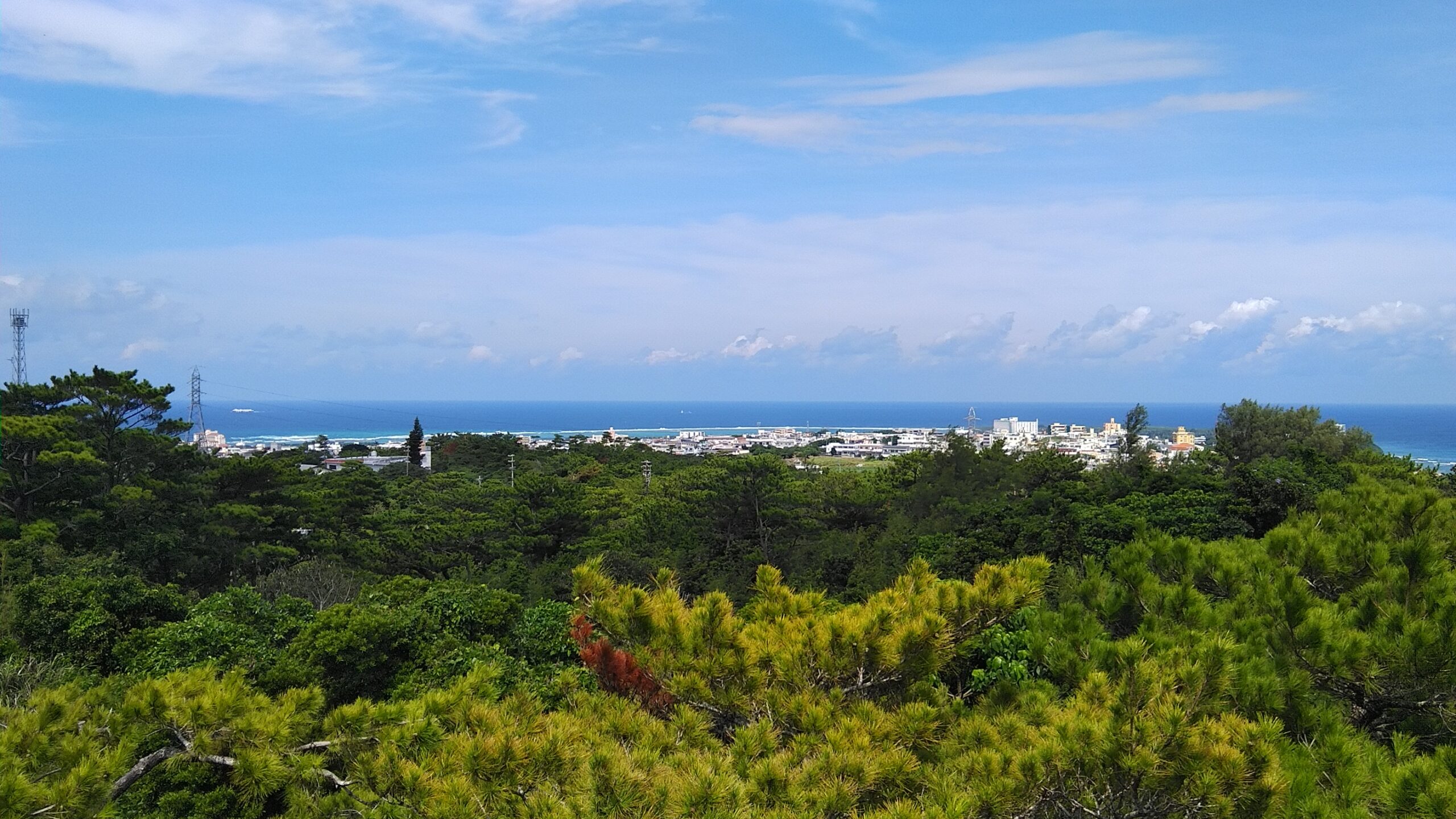
From the top of the castle wall.
It has a very good view and is a very good place to know the surroundings.
In an emergency, it is said that he was able to raise a signal and notify Shuri Gusuku, where King Nakayama is.
I was curious to be able to infer various things based on the excavated items, books from the Ryukyu dynasty, and historical surveys in various fields.
I definitely wanted to go to the “Naka Gusuku” that Gosamaru built after this.
Okinawan language course ③
Finally, I would like to introduce the Okinawan dialect “Uchinaguchi”. This time it is “direction”.
[East and West]
Generally, it is read as “Higashi” and “Nishi”, but in Okinawan language, the east is called “Agari” and the west is called “Iri”. It is believed that the sun “rises” in the east and “enters” in the west.
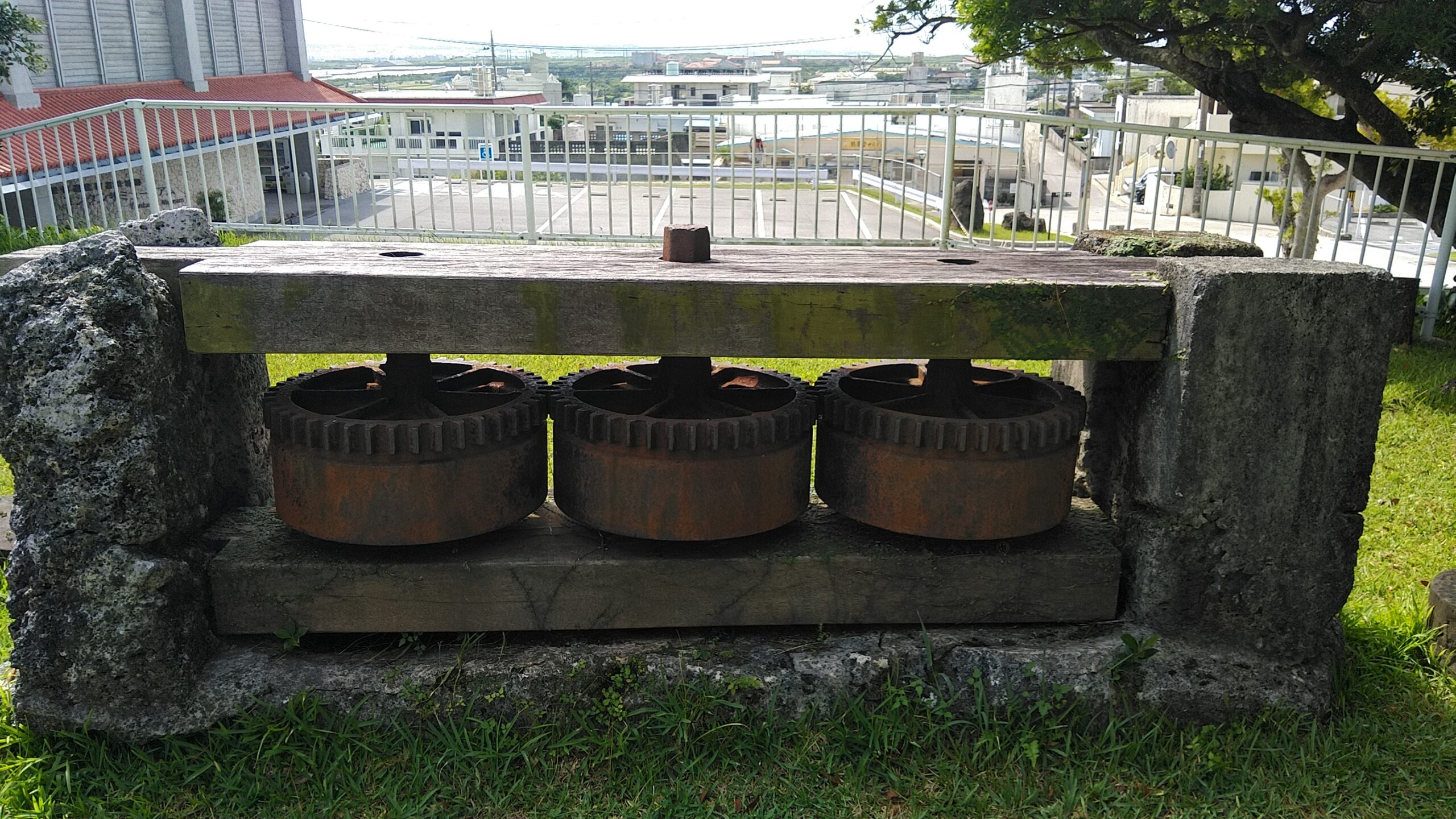
"Sarter guruma (sugar car)". A tool for squeezing sugar cane.
The place name “Toe” in Nago City, northern part of the main island of Okinawa, is read as “Agarie”, and even in the surname, “Toe-san” is “Agarie-san”.
There is a place name that reads “Iribaru” in Uruma City, central Okinawa Island, while there is also a place name that reads “Nishiharacho” in “Nishihara Town”.
“Nishiharacho” has a little more secret, but please read on.

[South and North]
The east and west can be understood by the origin of the word, but the south and north do not seem to be so.
South is read as “Fee”. The etymology is unknown. “South wind” is read as “Fekaji”, and “Haebaru” located in the south of Naha city is read as “Haebaru”.
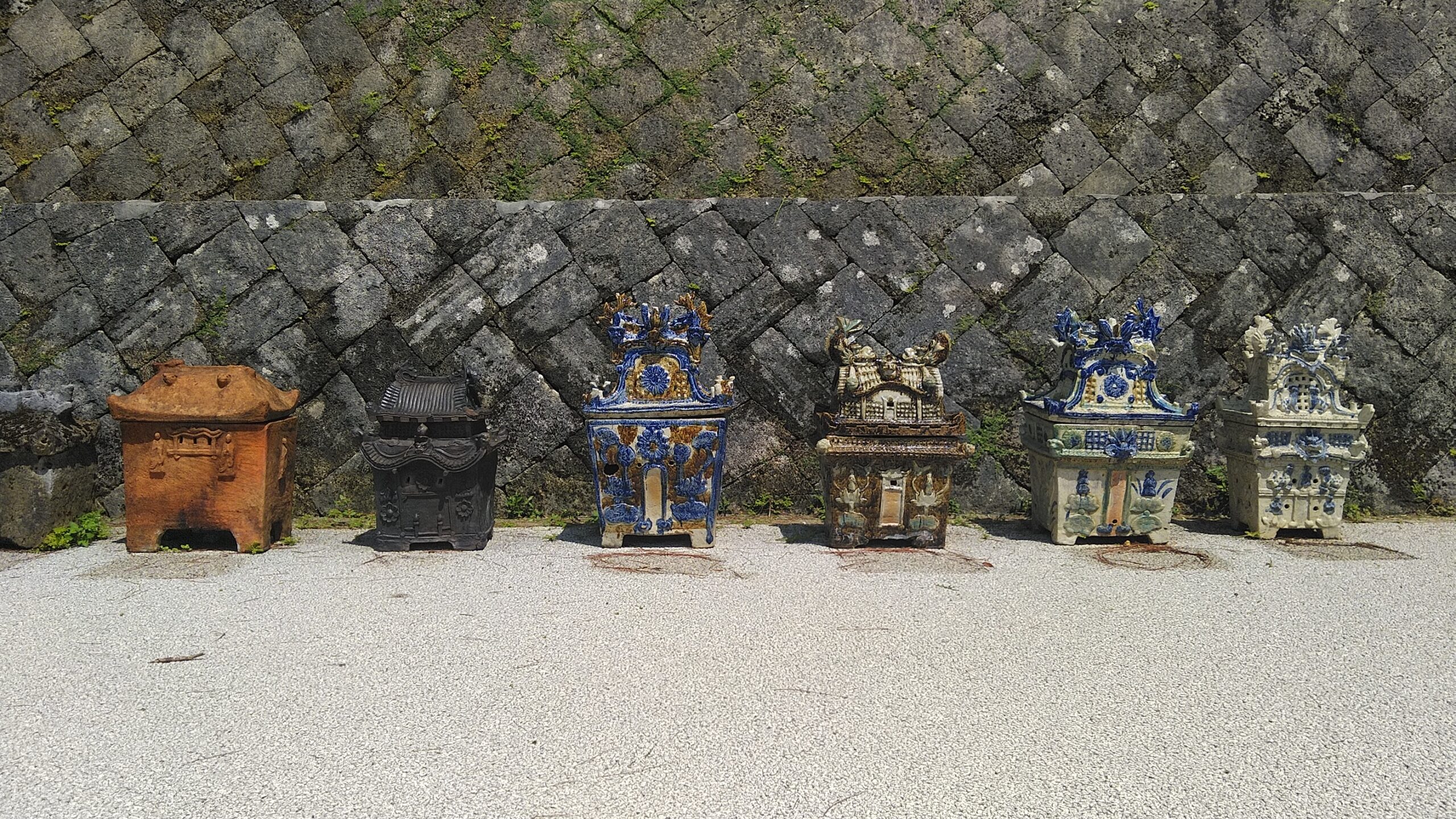
"Zushigame". The one that stores the bone after washing. There are ceramic and stone, but the stone one is old.
By the way, the most important thing to pay attention to is the “north”. North is read as “Nishi”. Regarding the etymology, there is a theory that it is “inishi”, but it is not clear. “North wind” is read as “Nikaji”.
The above-mentioned “Nishiharacho” does not mean that it is located in the west, but it is actually located in the “north” of Shuri, where the Ryukyu Kingdom was located, so it became such a place name. Originally, it seems that it was accurate to write “Kitahara-cho” and say “Nishibarucho”.
When you ask for directions, there is a big difference between “north” and “west”, so it may be a good idea to check once.
See you next time.
